
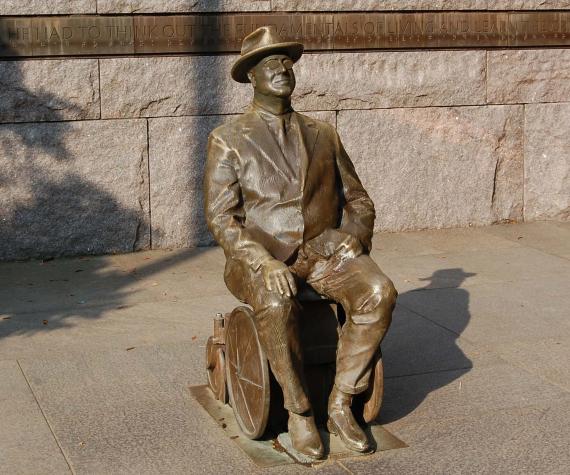
FDR Wheelchair Statue Dedication

Where’s the wheelchair?
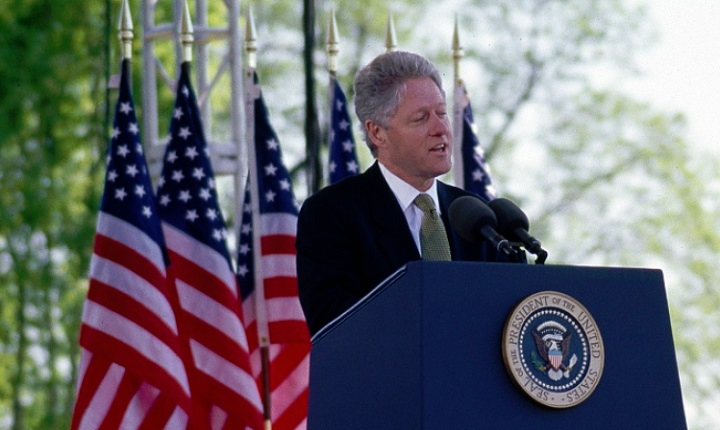
FDR Memorial was Dedicated by President Bill Clinton
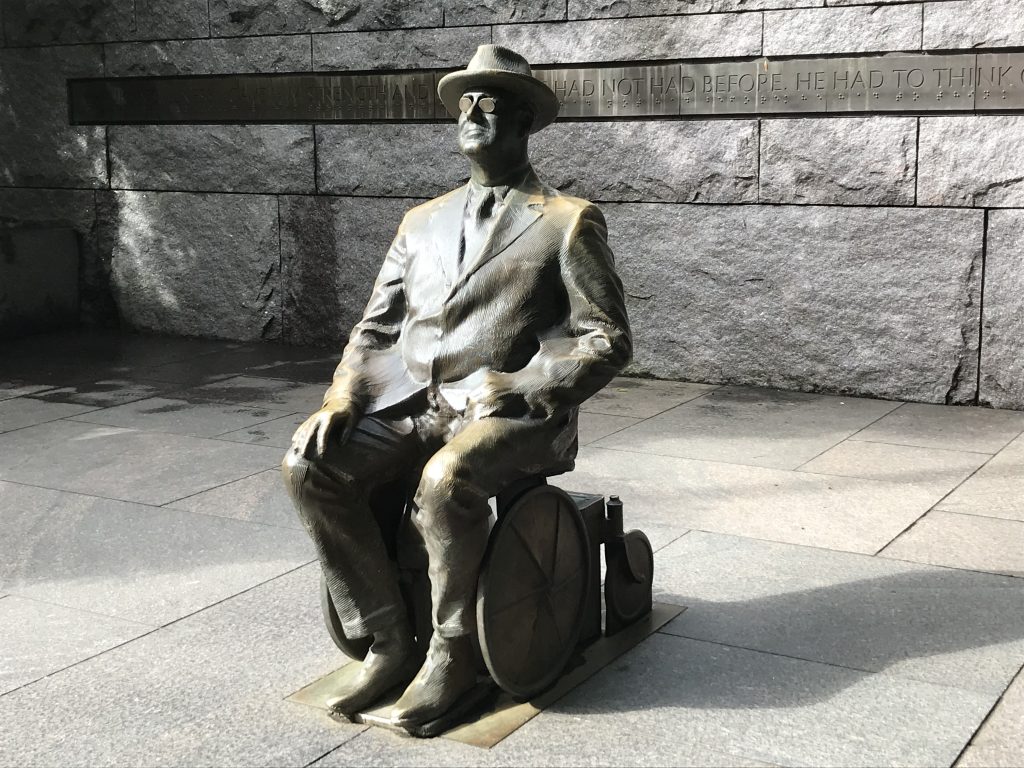
Disability Leaders and Activists Hold a Protest in Beacon NY
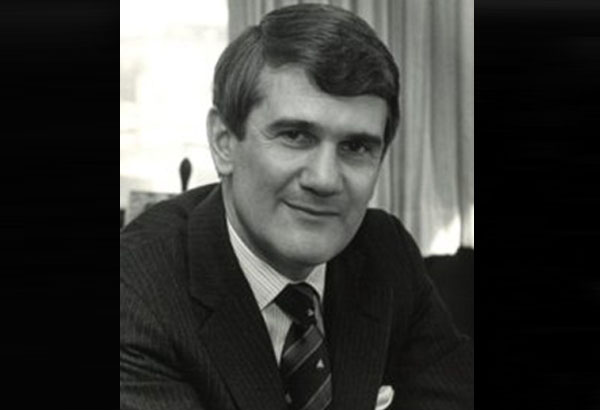
Michael R. Deland Became Chairman of NOD
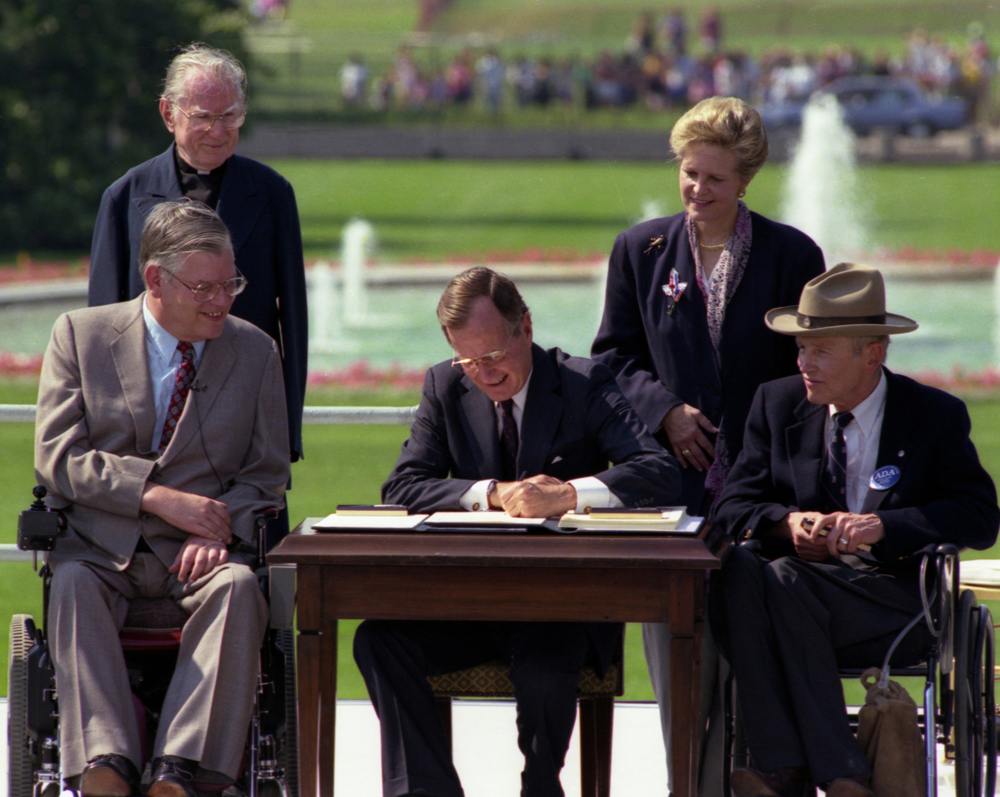
Americans with Disabilities Act was Signed
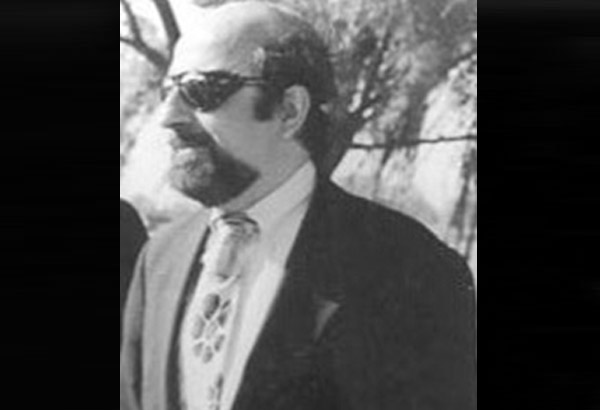
Jim Dickson, First Blind Person to Sail a Boat Alone from Rhode Island to Bermuda
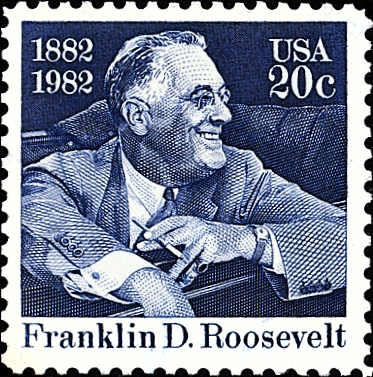
100th Birthday of FDR
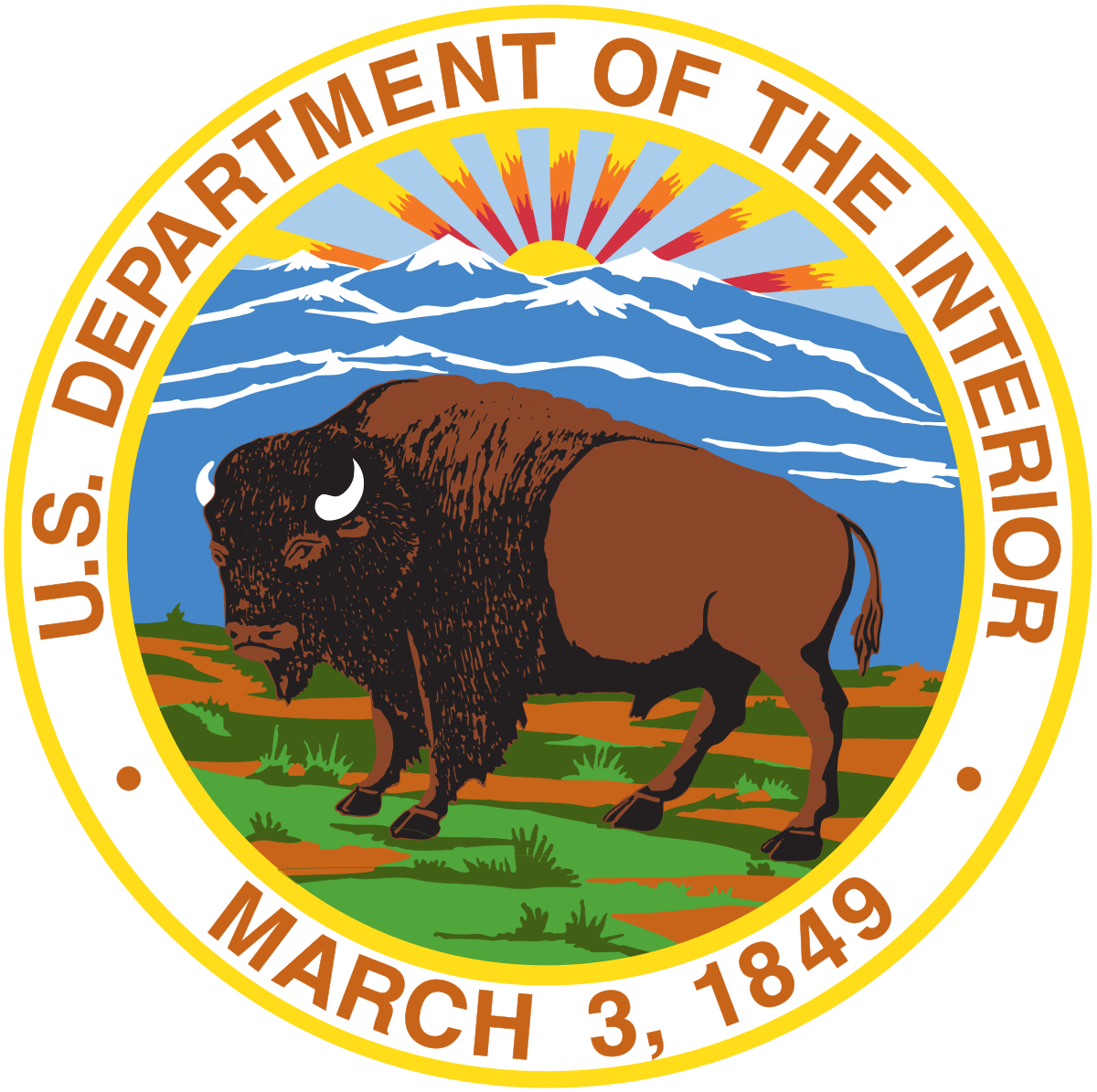
Interior Department Declined to Support Construction

Estimated Costs Reduced to $23.5 Million

U.S. Interior Department Declined to Support Costs
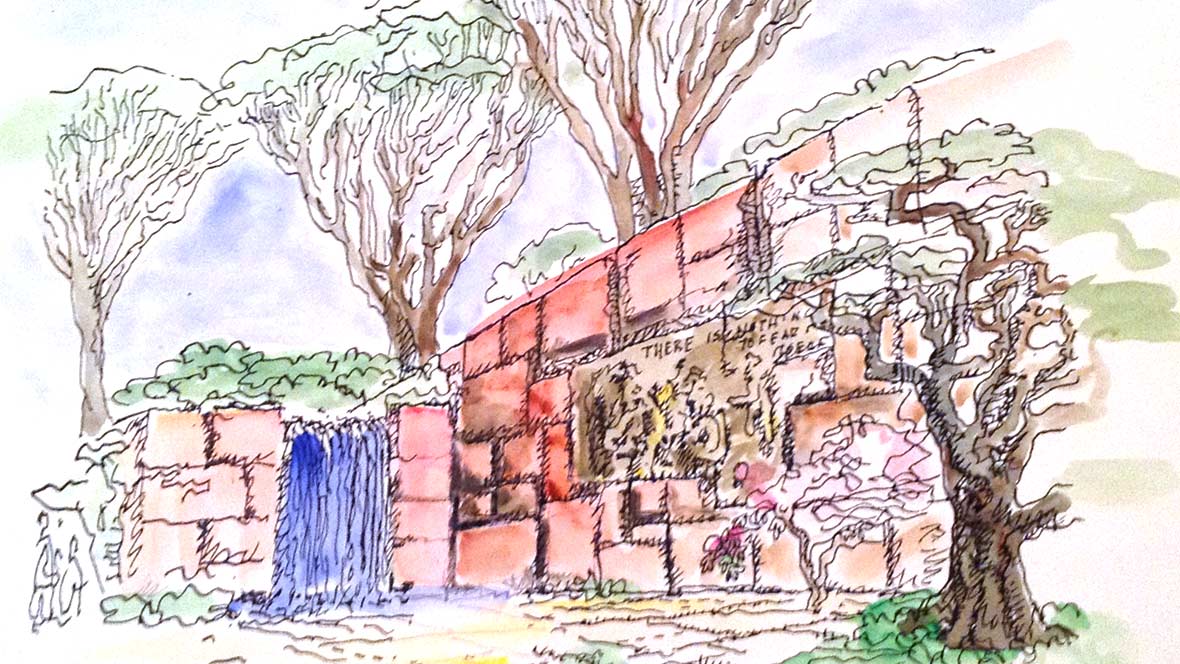
Final Design Approved
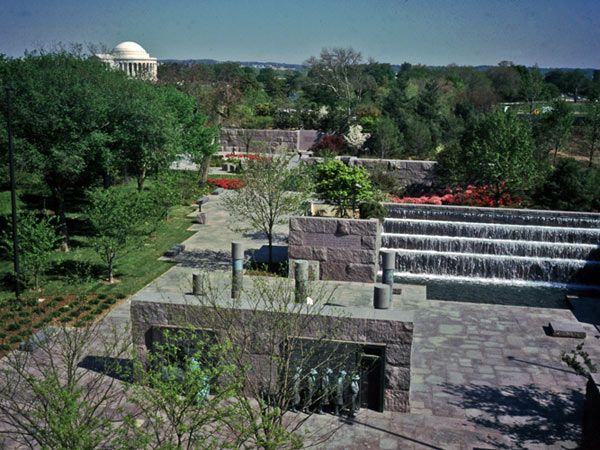
Second Sculptural Design Workshop Held

Estimates of $46 Million

Sculpture Concepts Approved
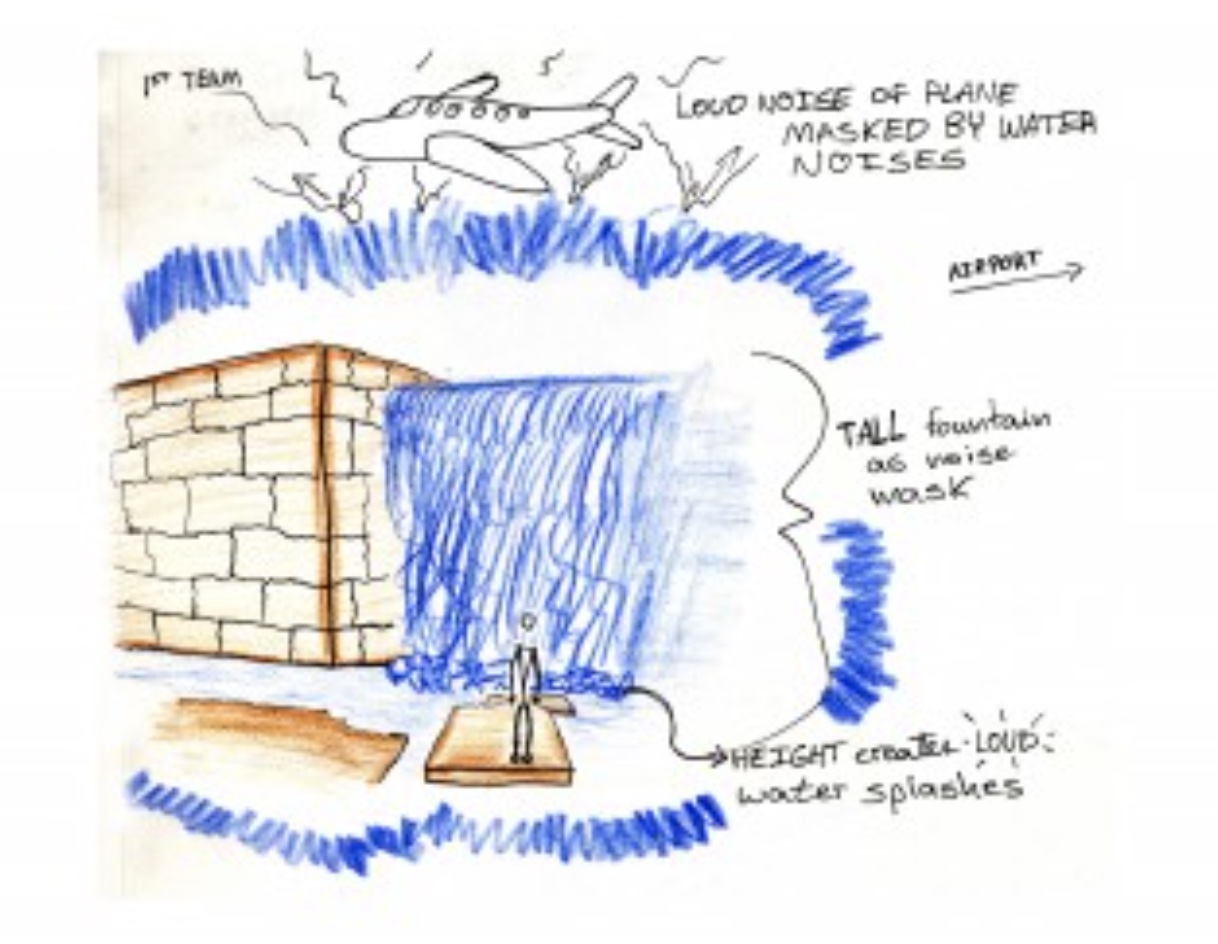
Sculptural Design Workshop Held in San Francisco
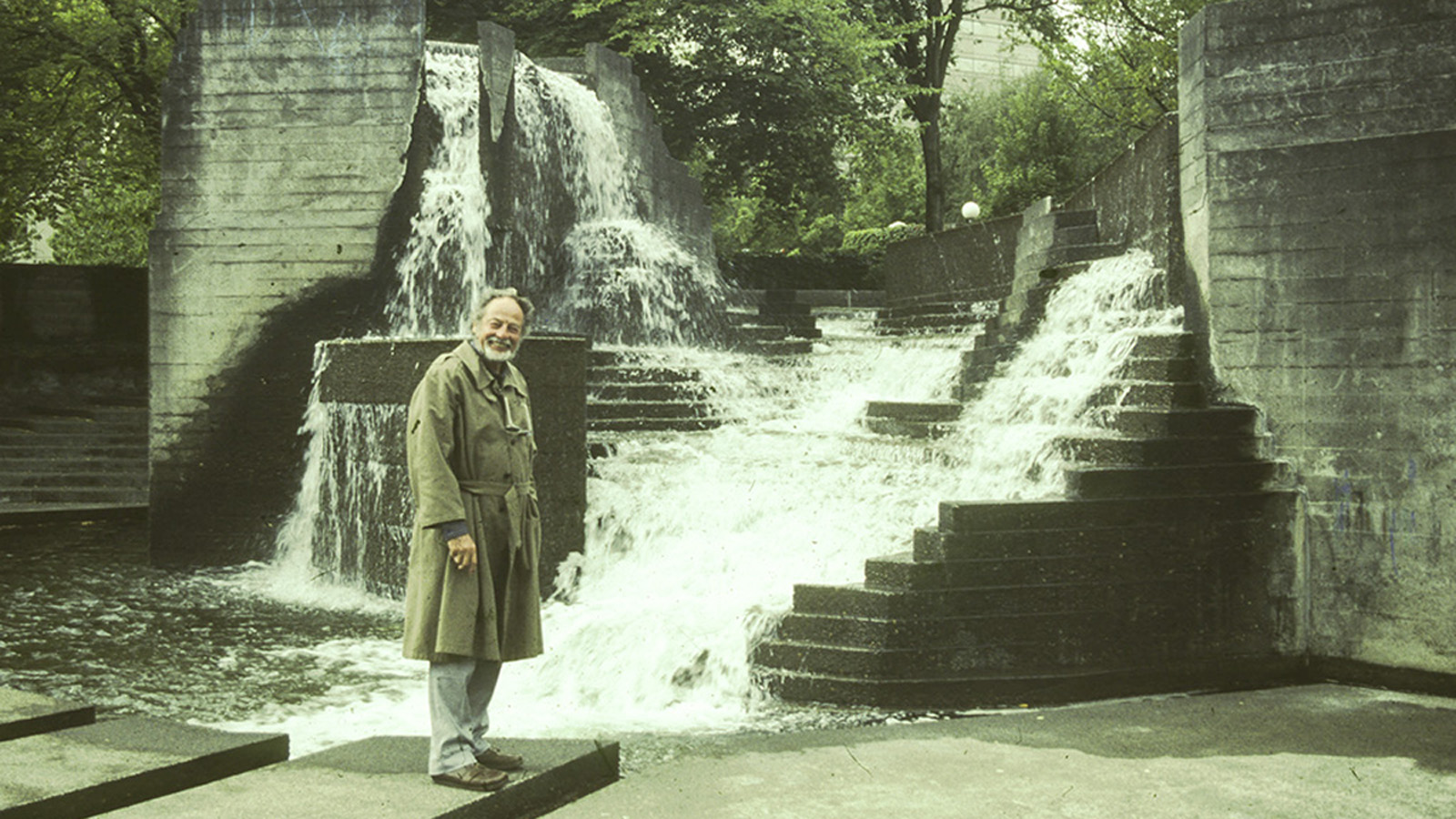
Sculptors are Approved by the FDR Memorial Commission
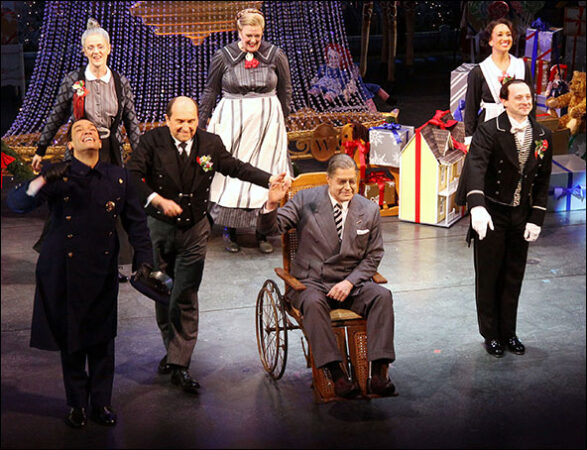
Annie Opened on Broadway
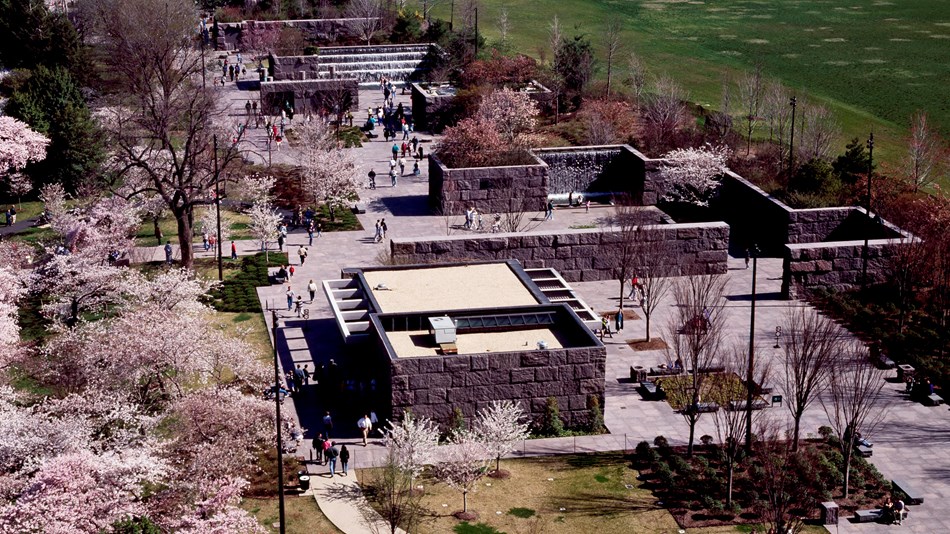
Design Development Approved

Commission of Fine Arts Approved Design Concept

National Capital Planning Commission Approved Design Concept.
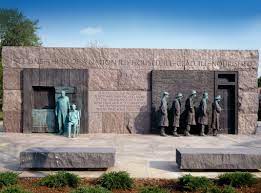
FDR Memorial Commission Approved Design Concept
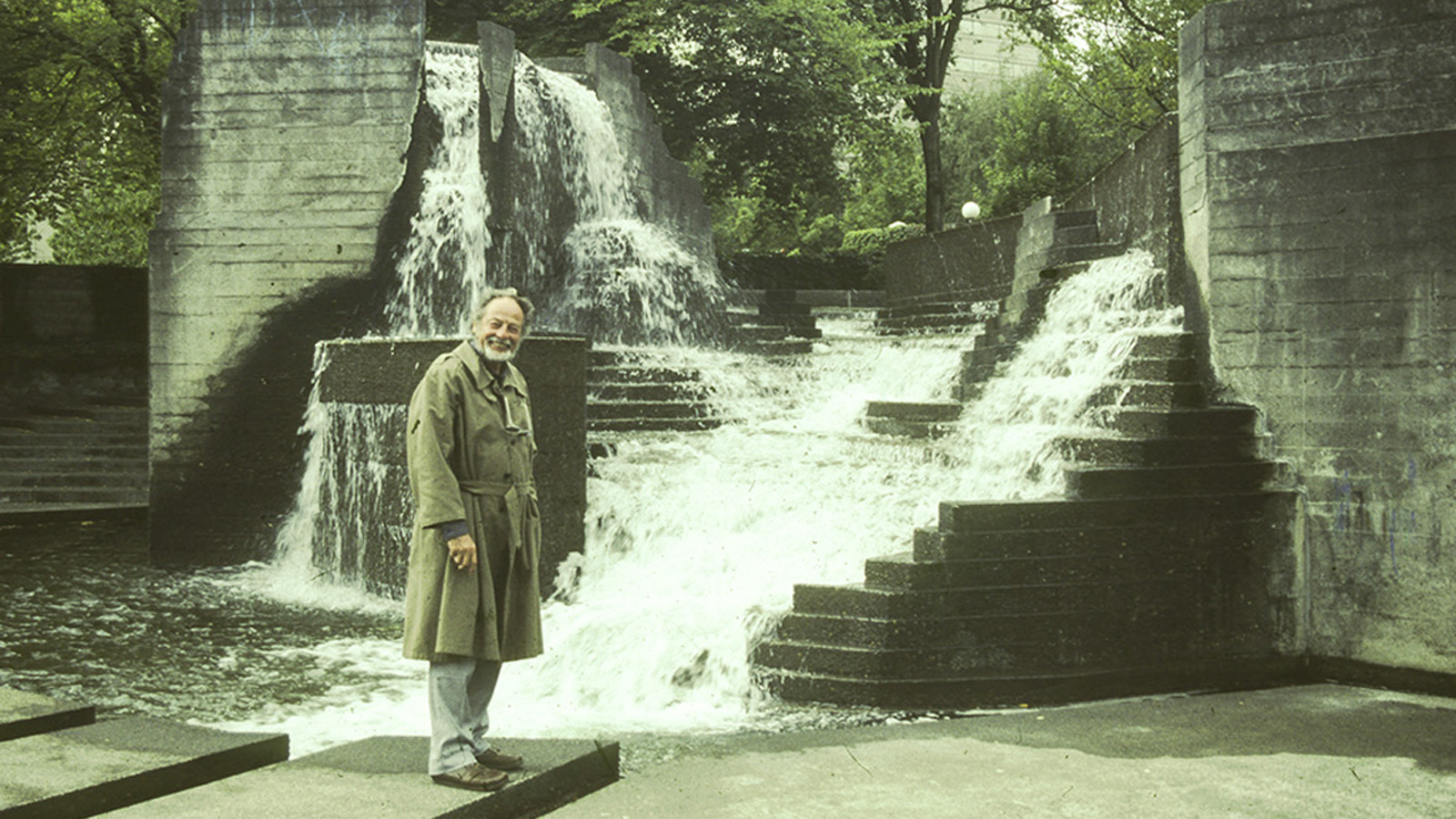
Lawrence Halprin Selected

Landscape Architects & Architects to Submit Design Concepts
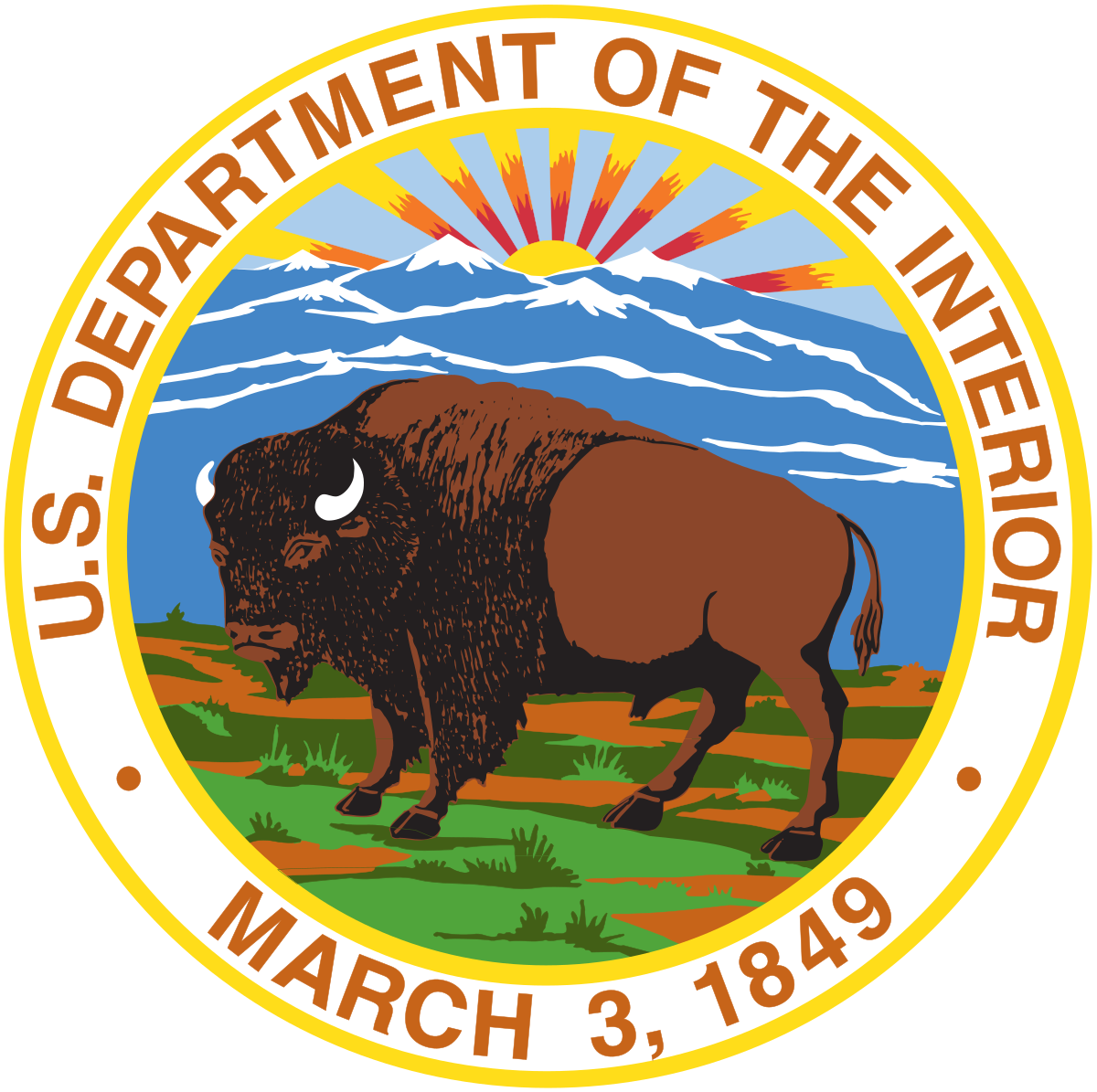
Secretary of the Interior to Participate in Planning
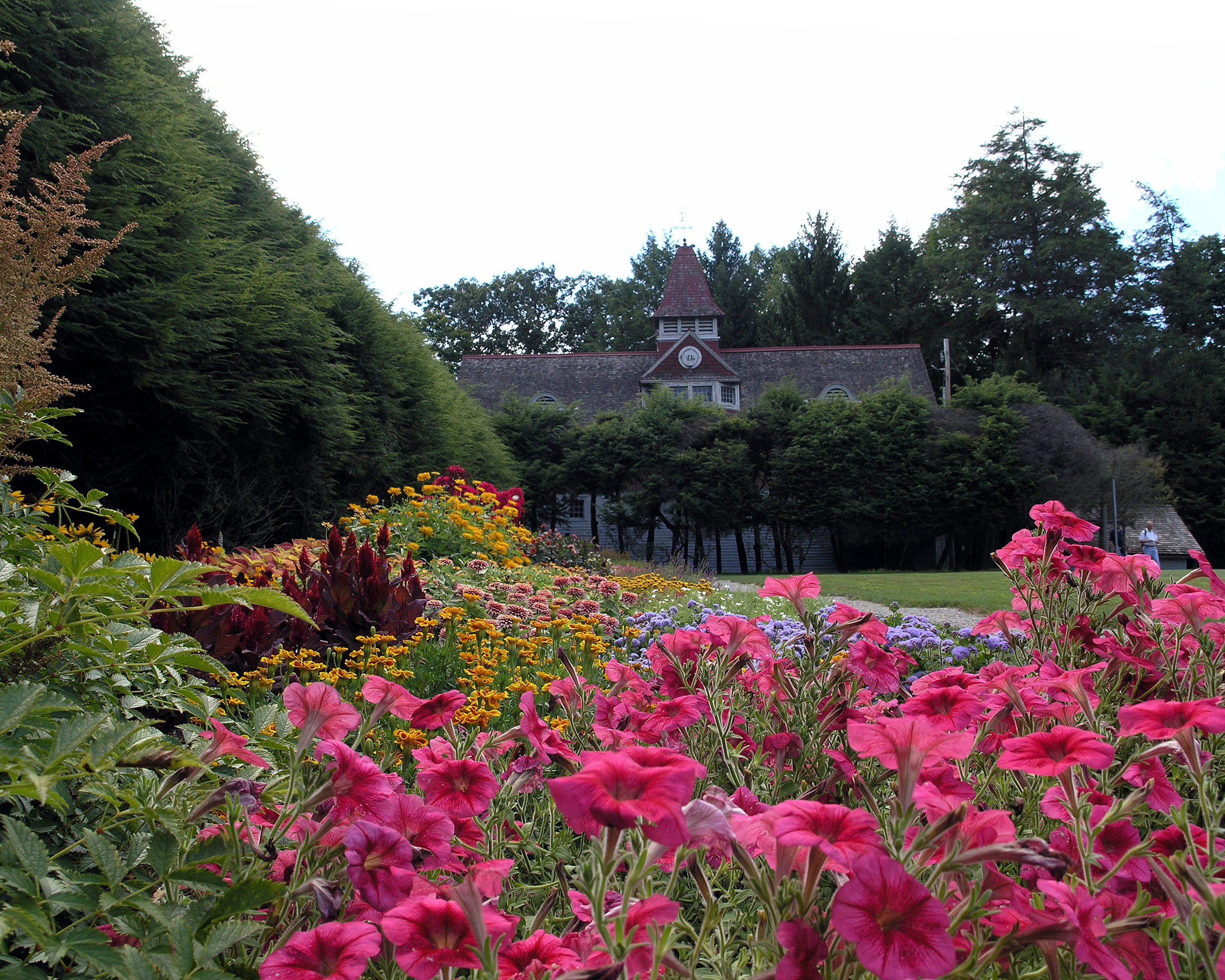
The FDR Memorial Commission Endorse the Idea of a Rose Garden.

FDR Memorial Park Acres Designated
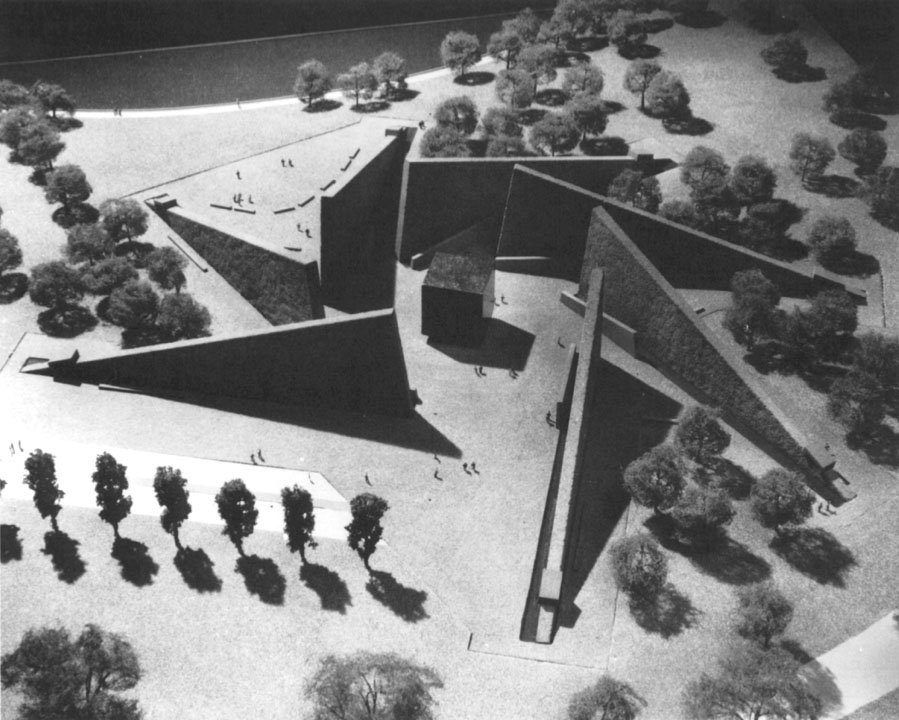
Breuer Design Not Accepted by Commission of Fine Arts

Breuer Design Approved
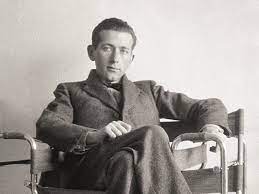
Marcel Breuer Selected to Develop New Design
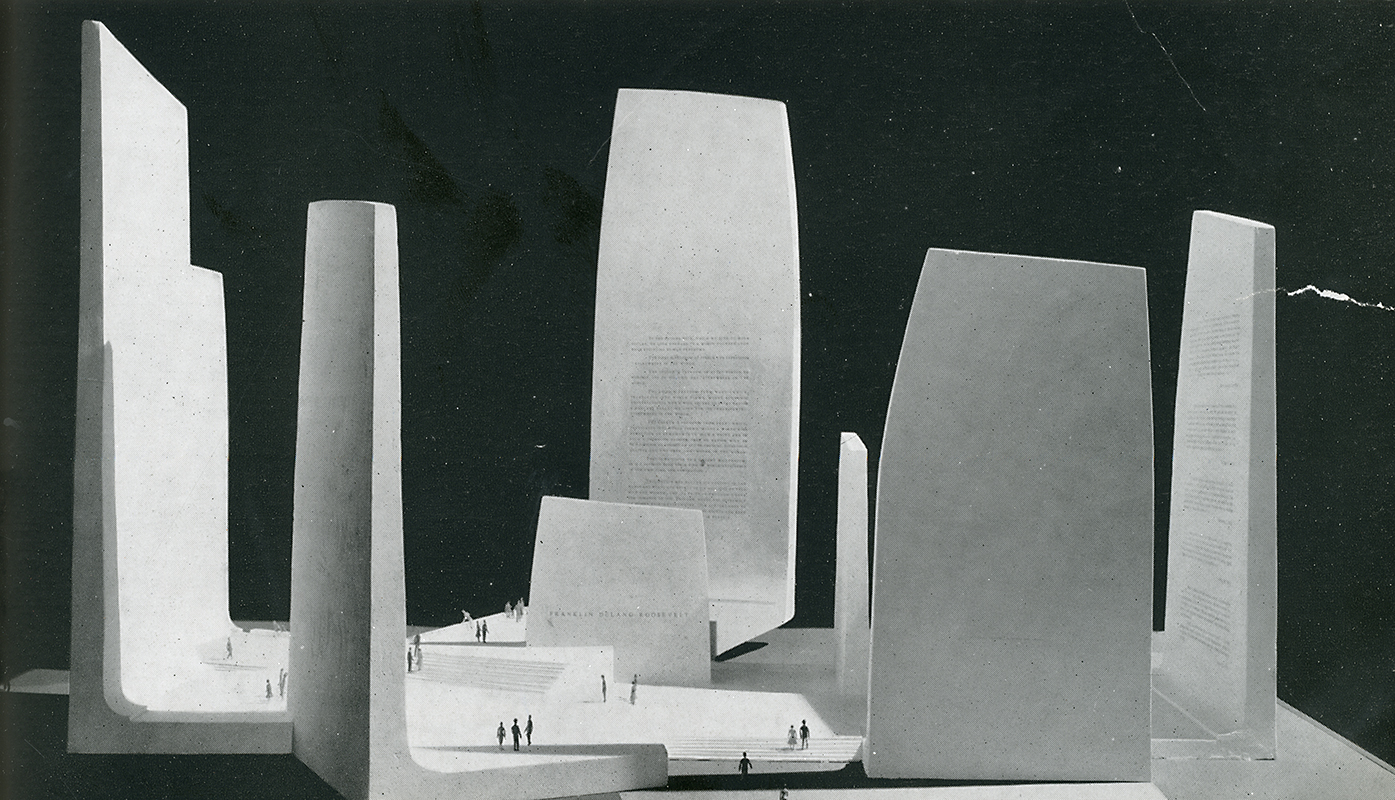
Pederson & Tilney Design Abandoned

Revised Pederson & Tilney Design Accepted
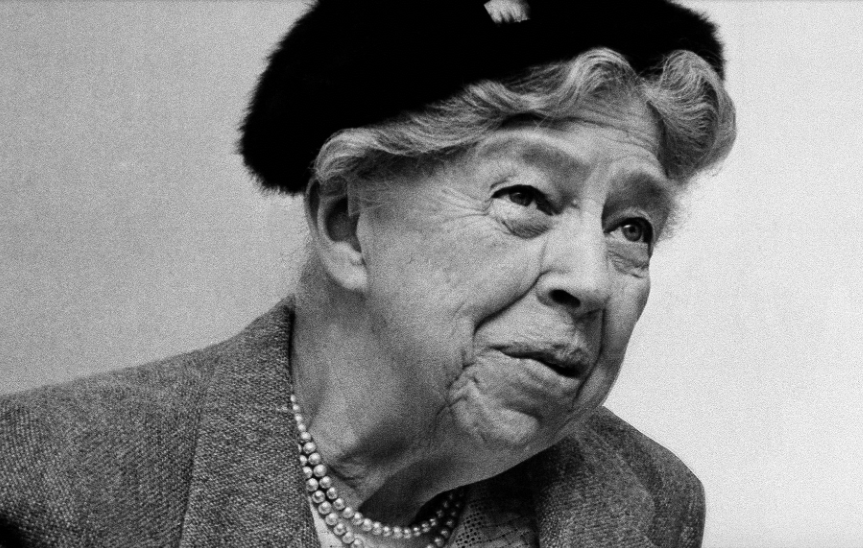
Eleanor Died

FDR Memorial Commission to Select a New Design
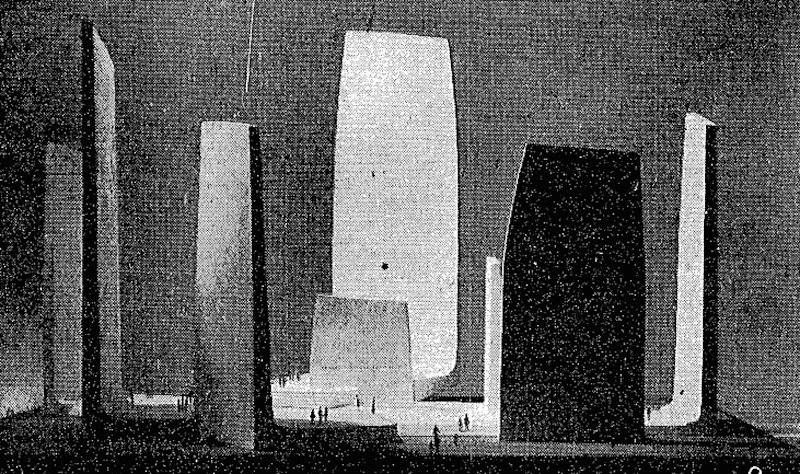
Pederson & Tilney Design Rejected

Approved the Pederson & Tilney Design
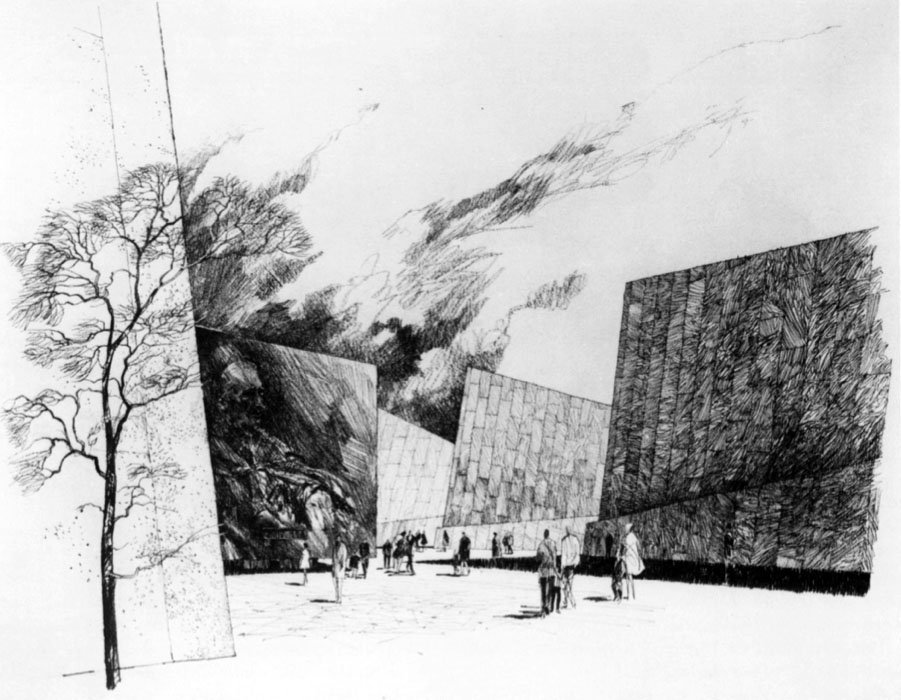
Design Competition for the Memorial was Held
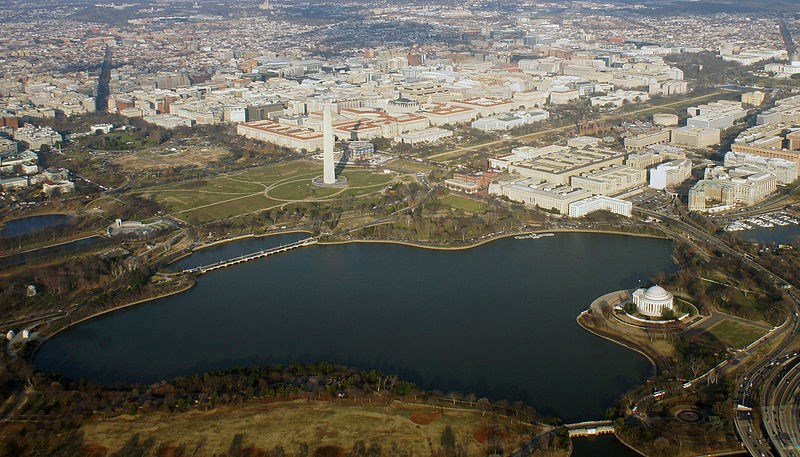
FDR Memorial Location Selected
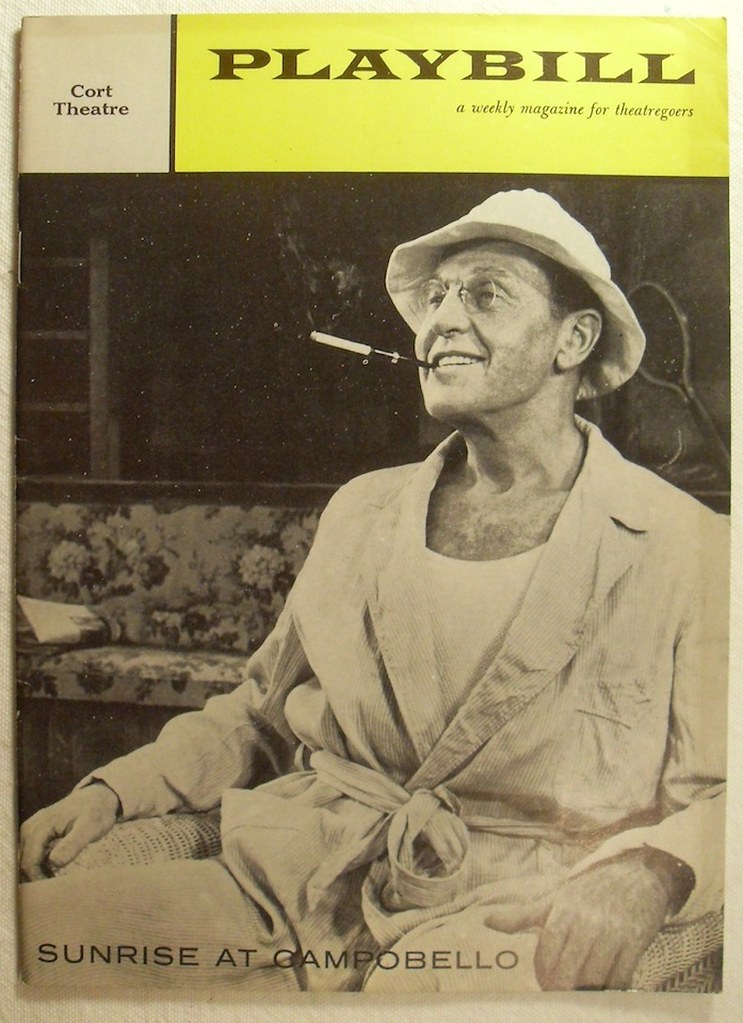
Sunrise at Campobello closed on Broadway

Sunrise at Campobello opened on Broadway
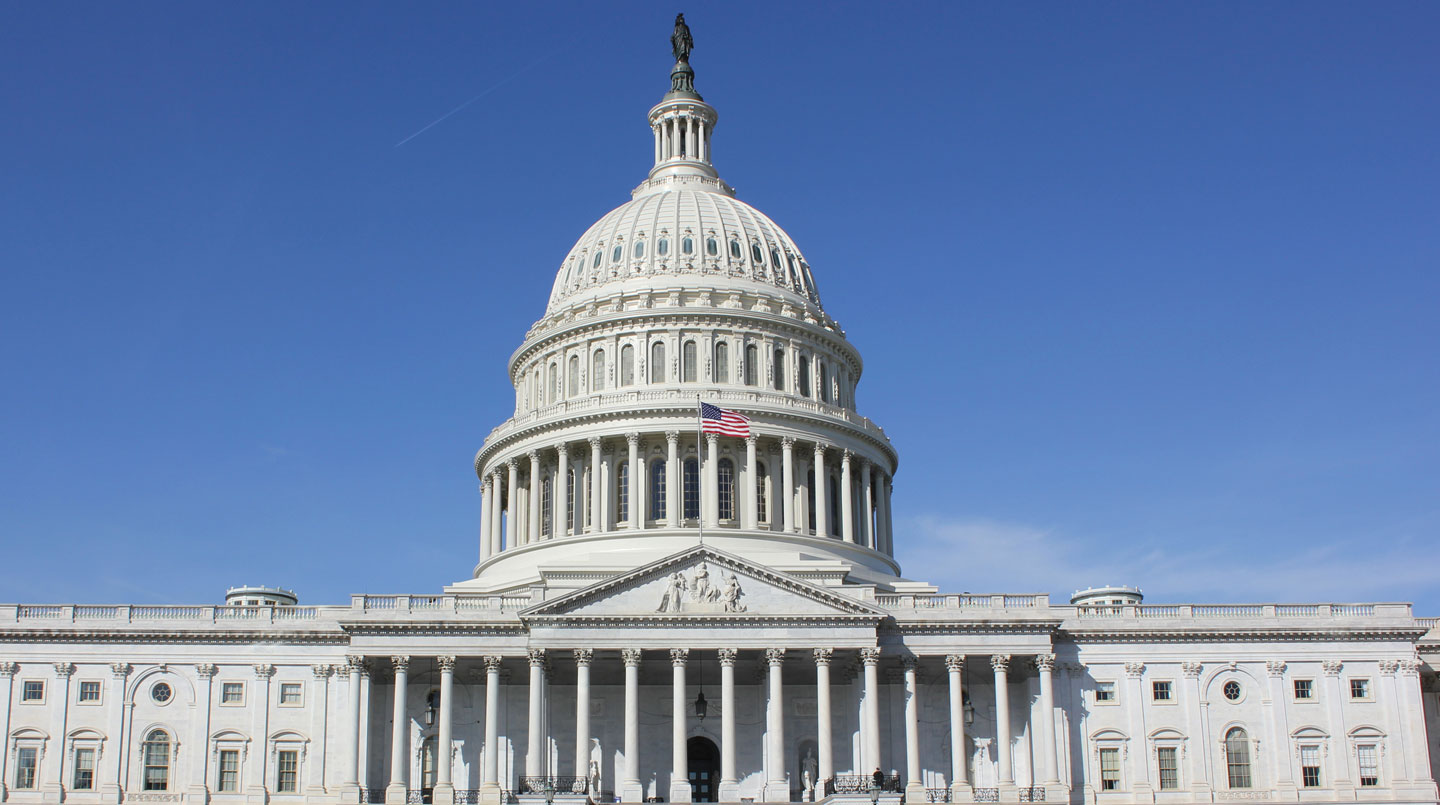
Public Law 372 of the 84th Congress was Approved
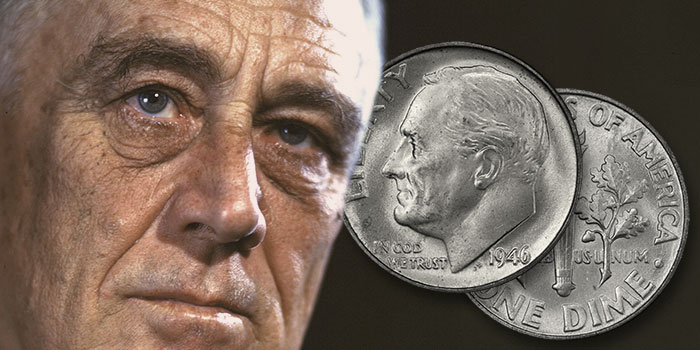
Roosevelt Dime Accepted

Congressional Resolution Introduced
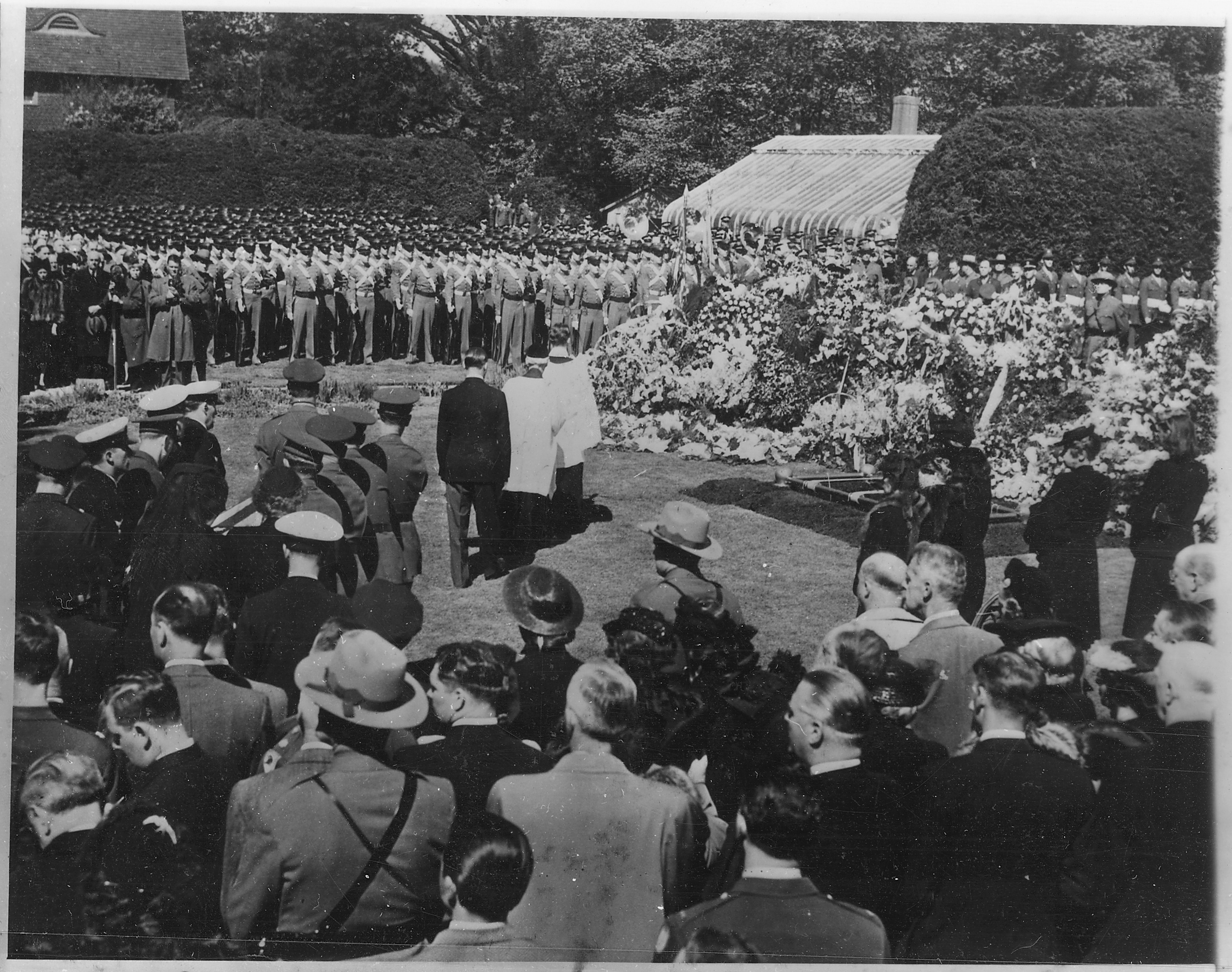
FDR Funeral
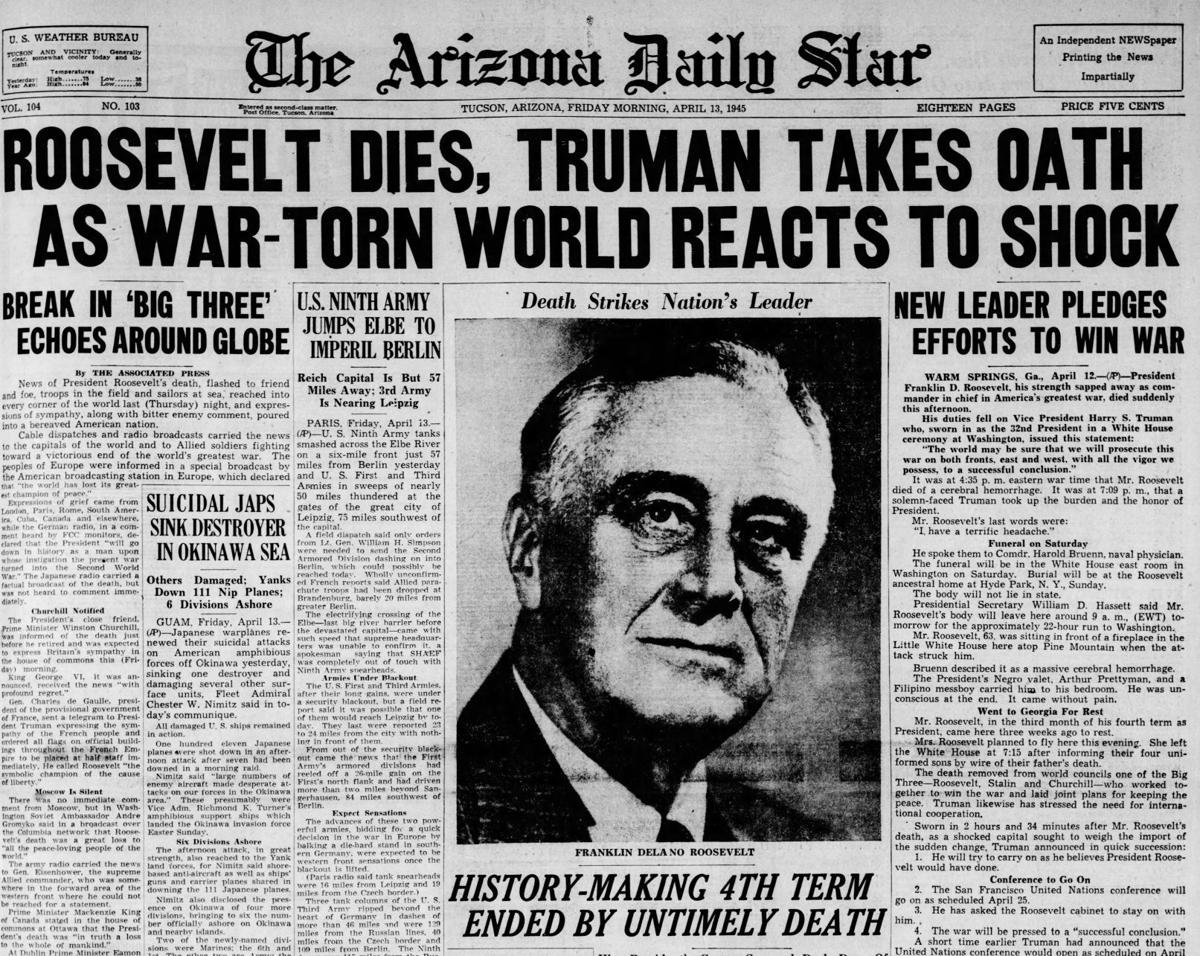
FDR Died Warm Spring, GA
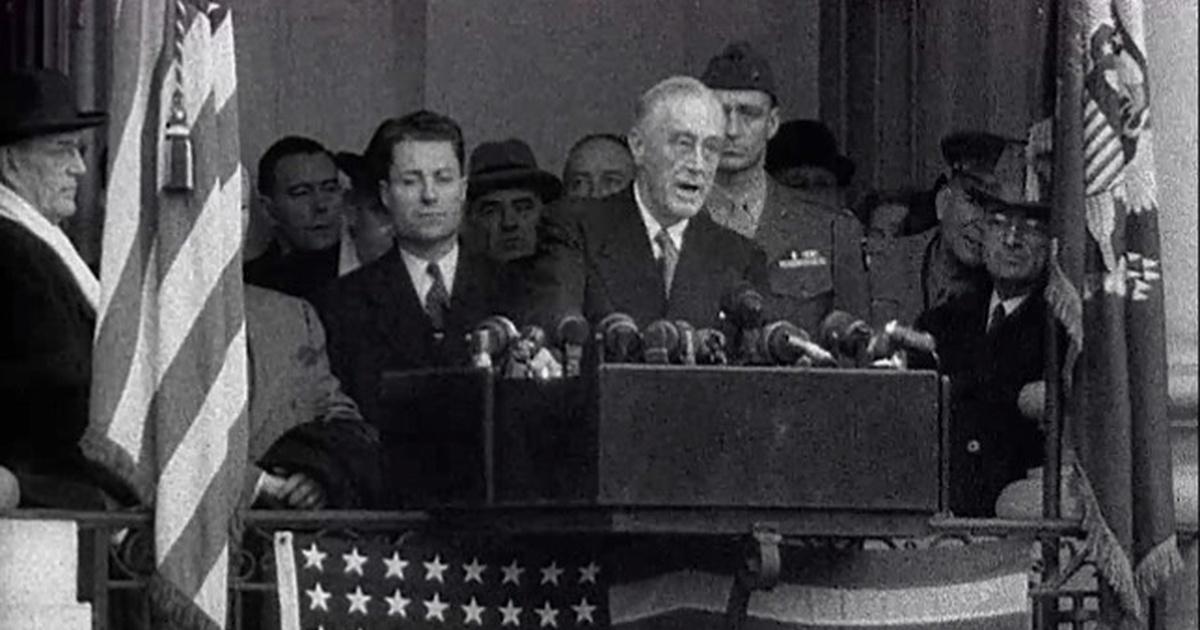
4th Inauguration
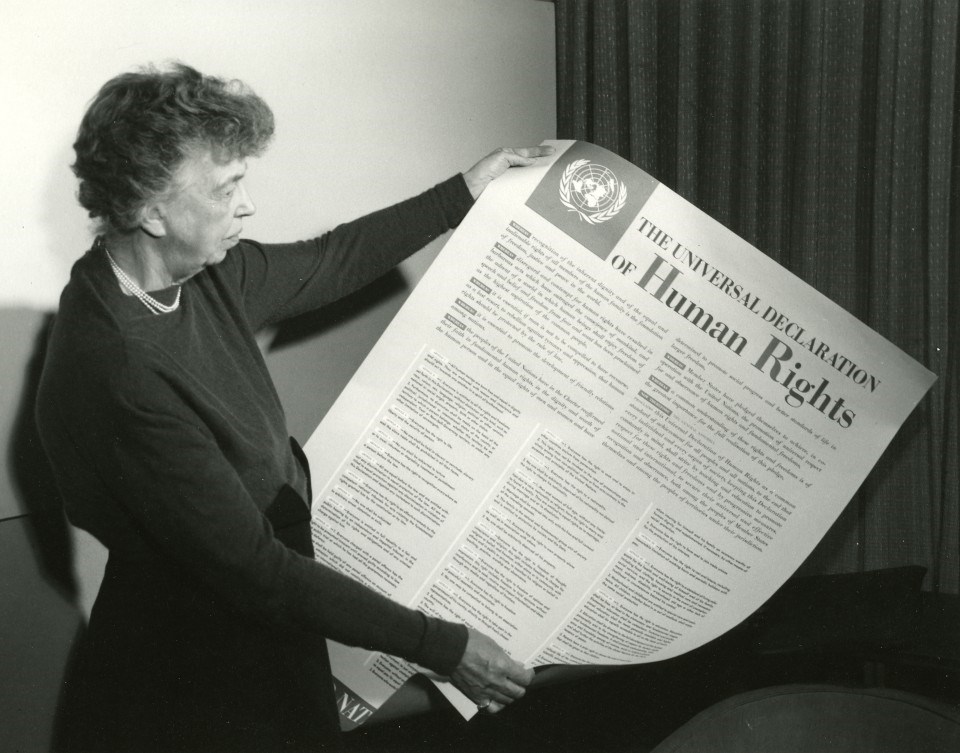
Eleanor Roosevelt 1st US delegate to the United Nations
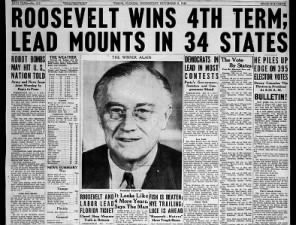
FDR’s 4th Election as US President
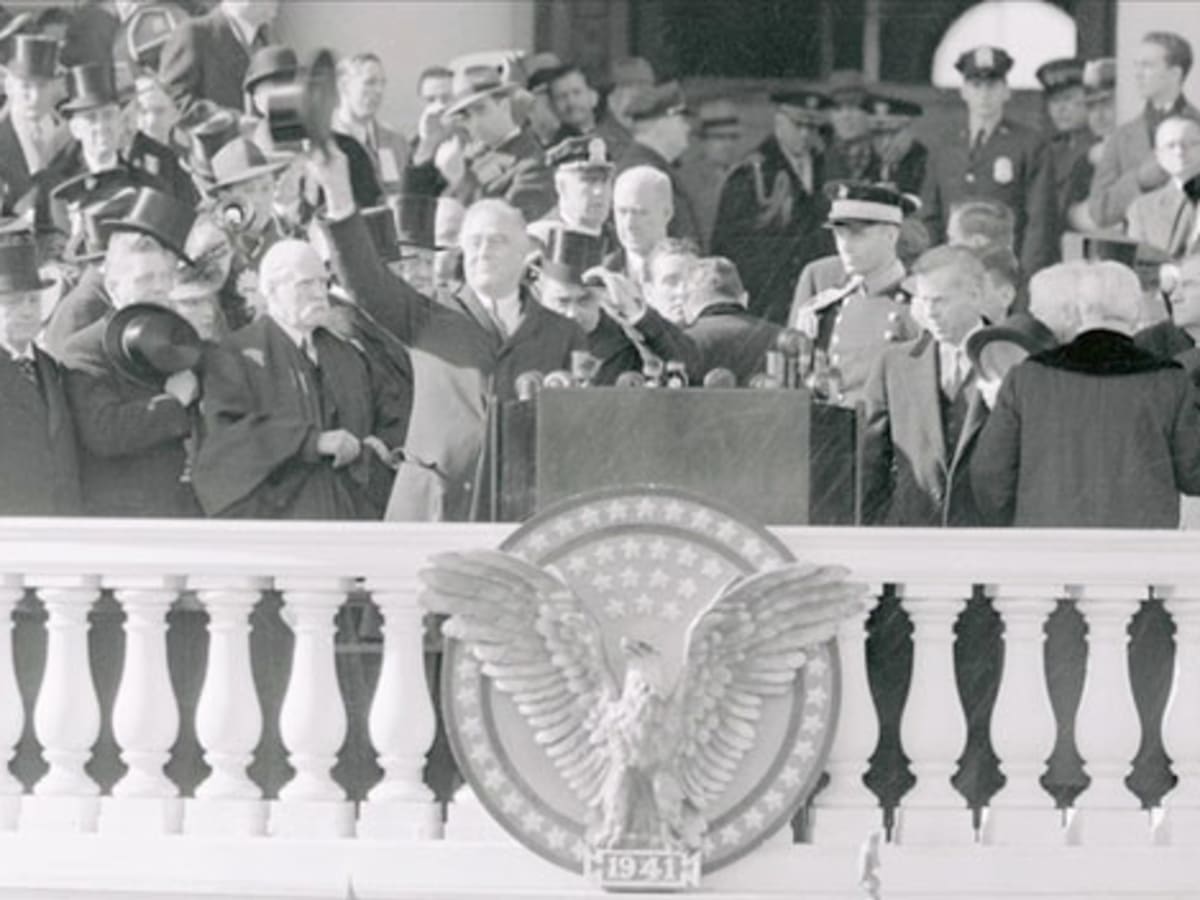
3rd Inauguration as US President
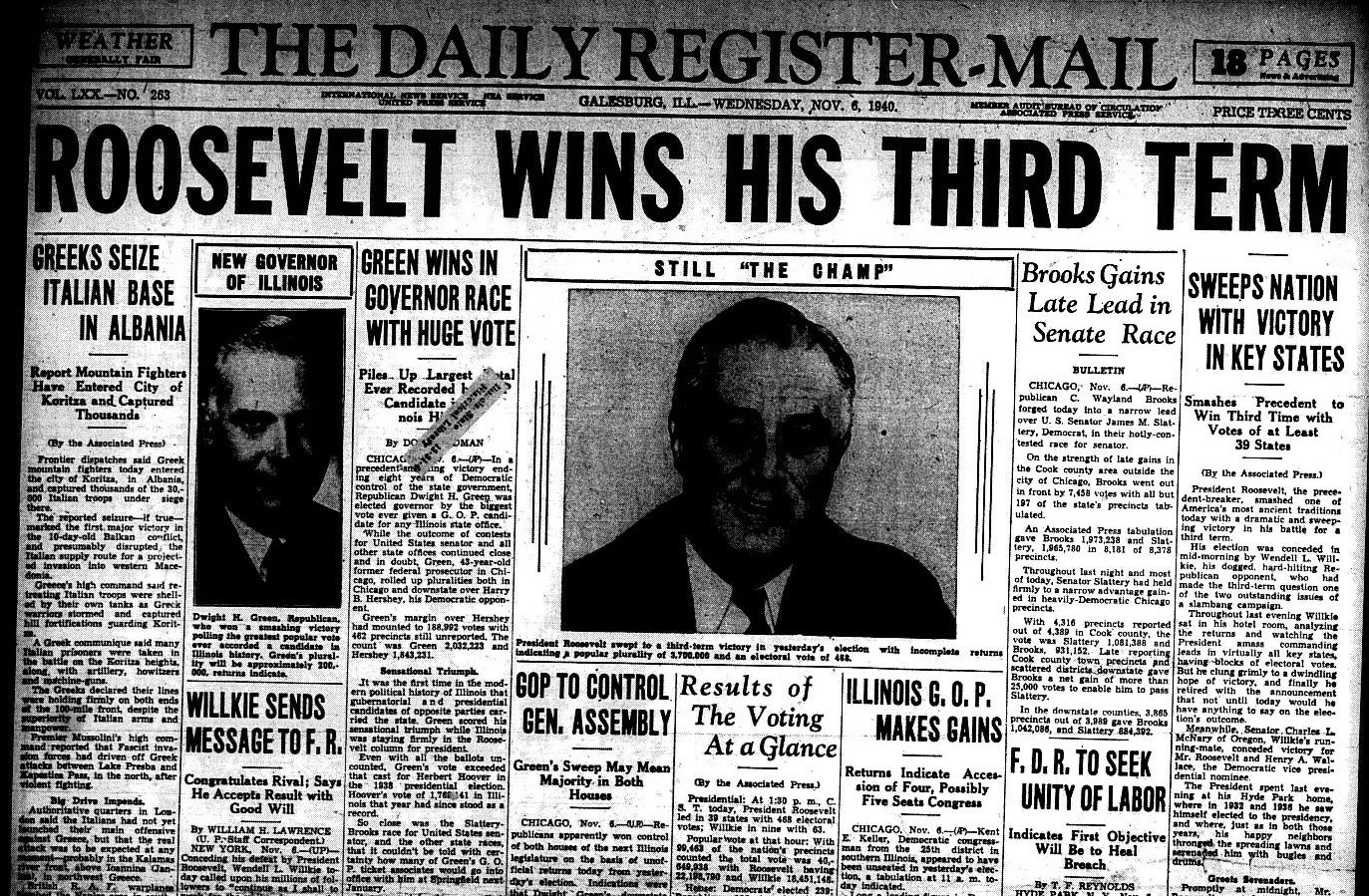
FDR 3rd Election as US President

March of Dimes Launched by FDR
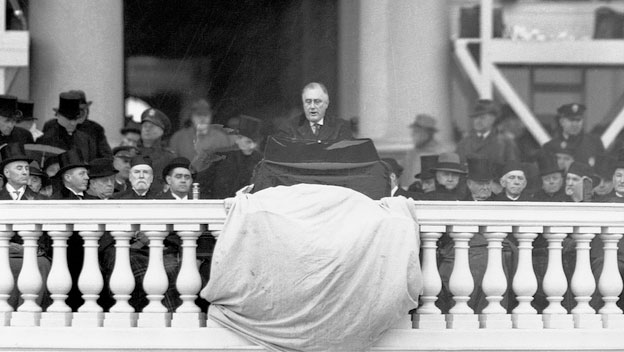
FDR Sworn in Second Time as President
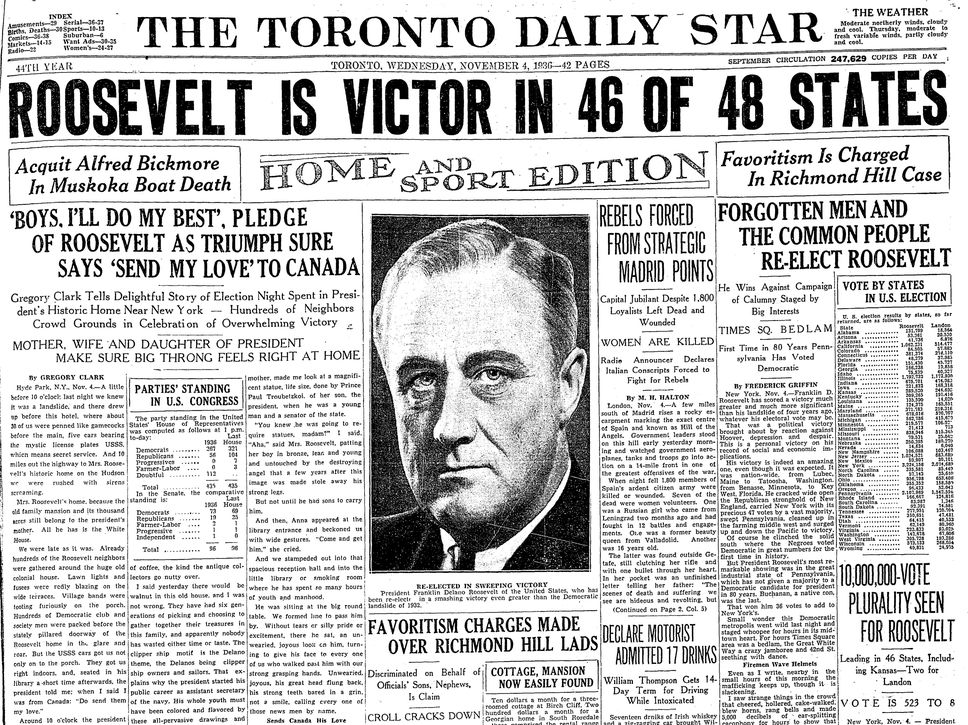
FDR Wins Second Election
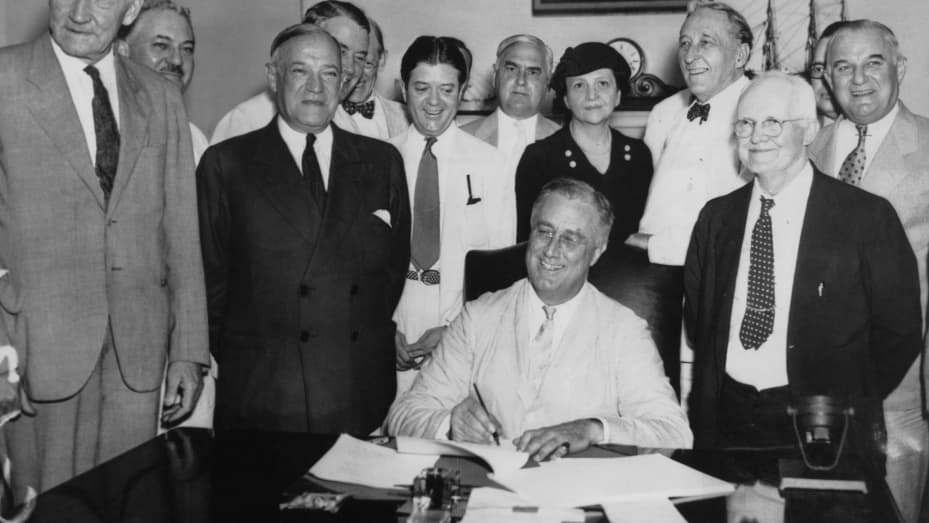
Roosevelt Signed into law the Social Security Act
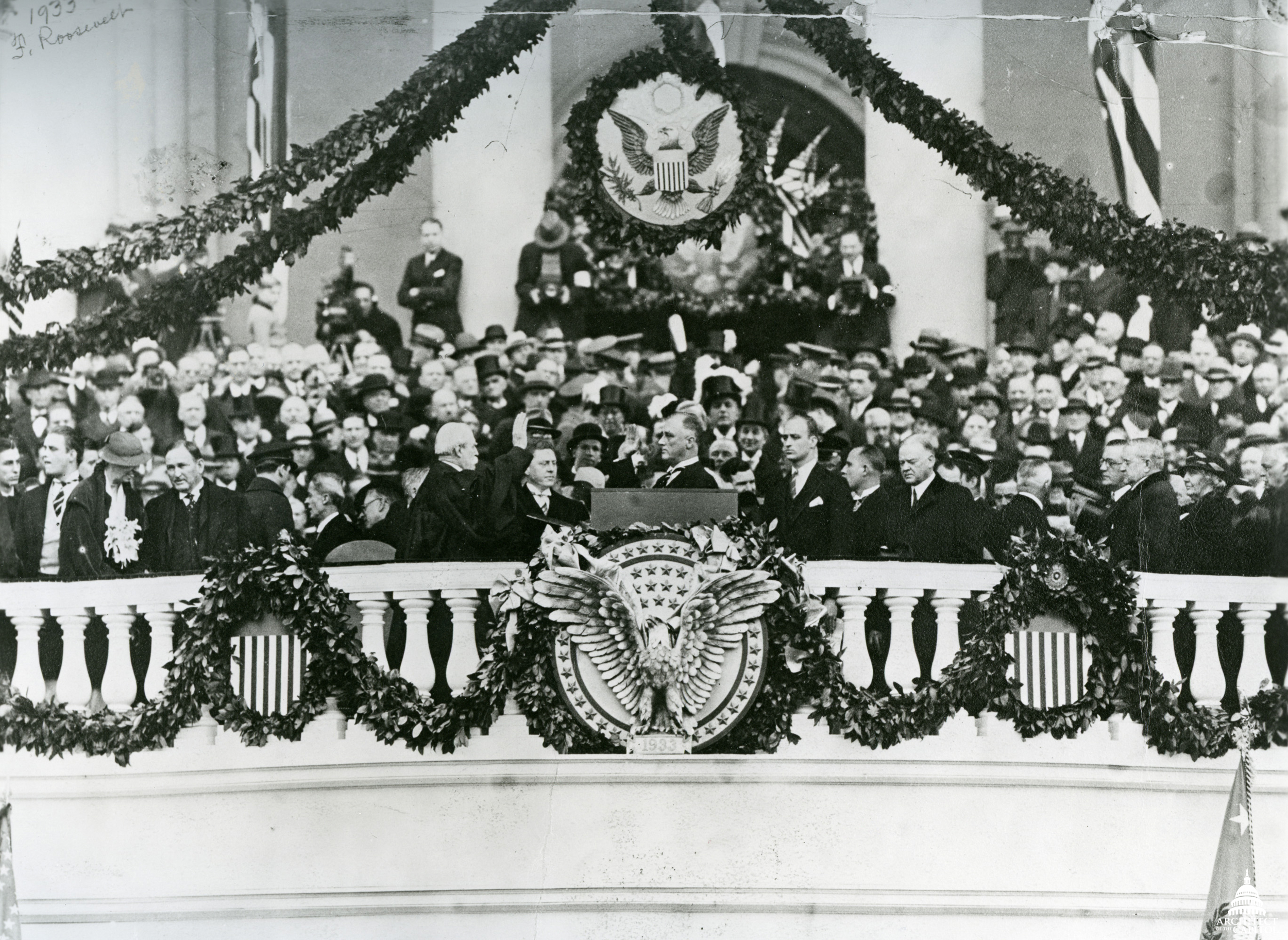
FDR is Inaugurated for the First Time
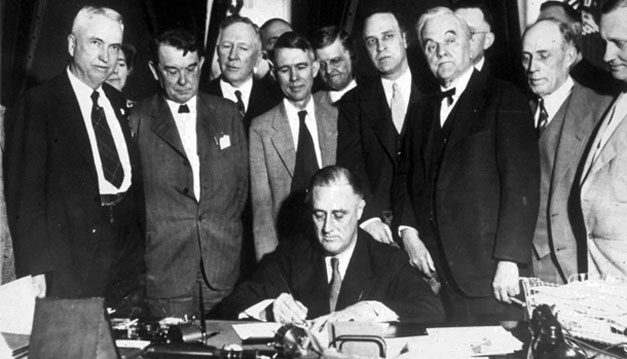
FDR Launched the New Deal
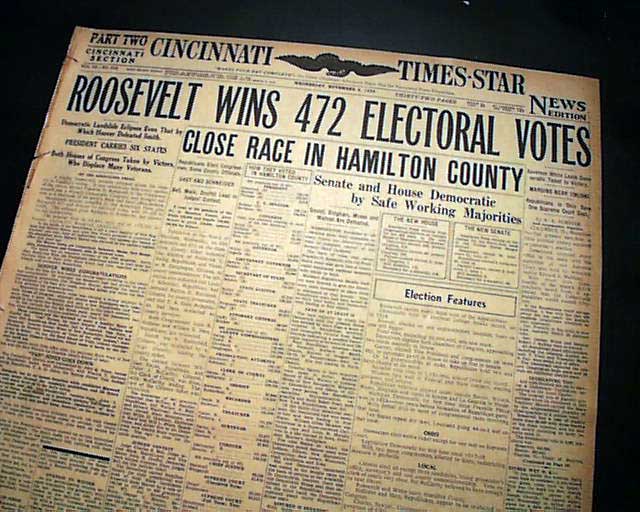
FDR Elected President of the United States
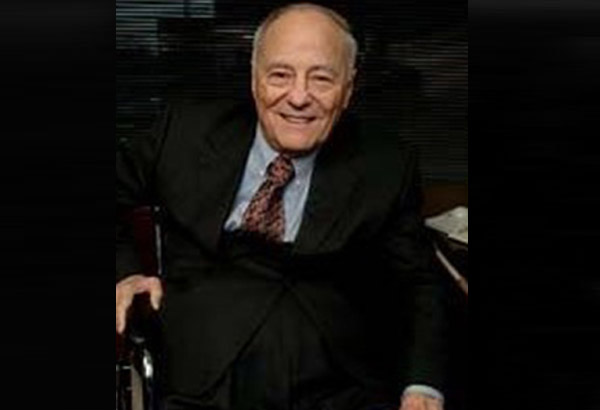
Alan A. Reich
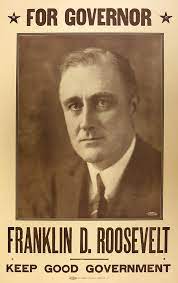
FDR Elected Governor of New York
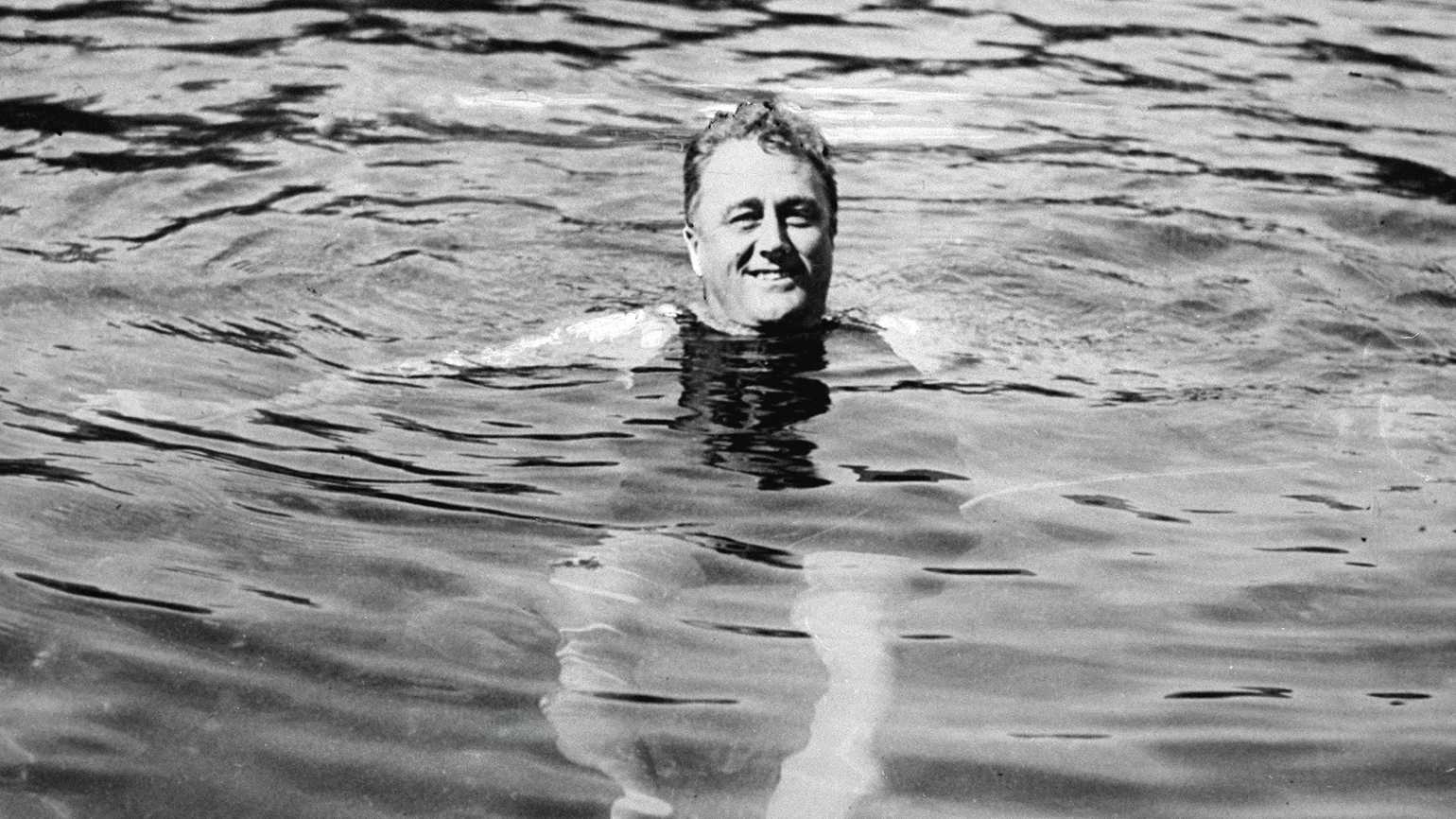
FDR bought Warm Springs

George Segal - Sculptor
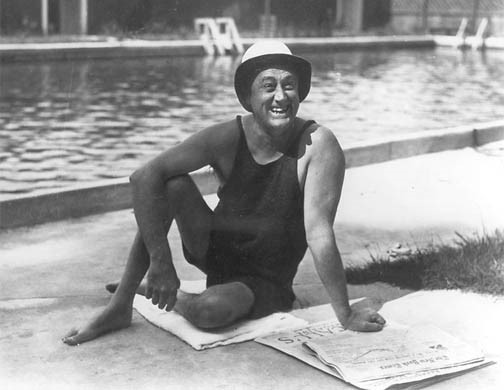
FDR first visited Warm Springs
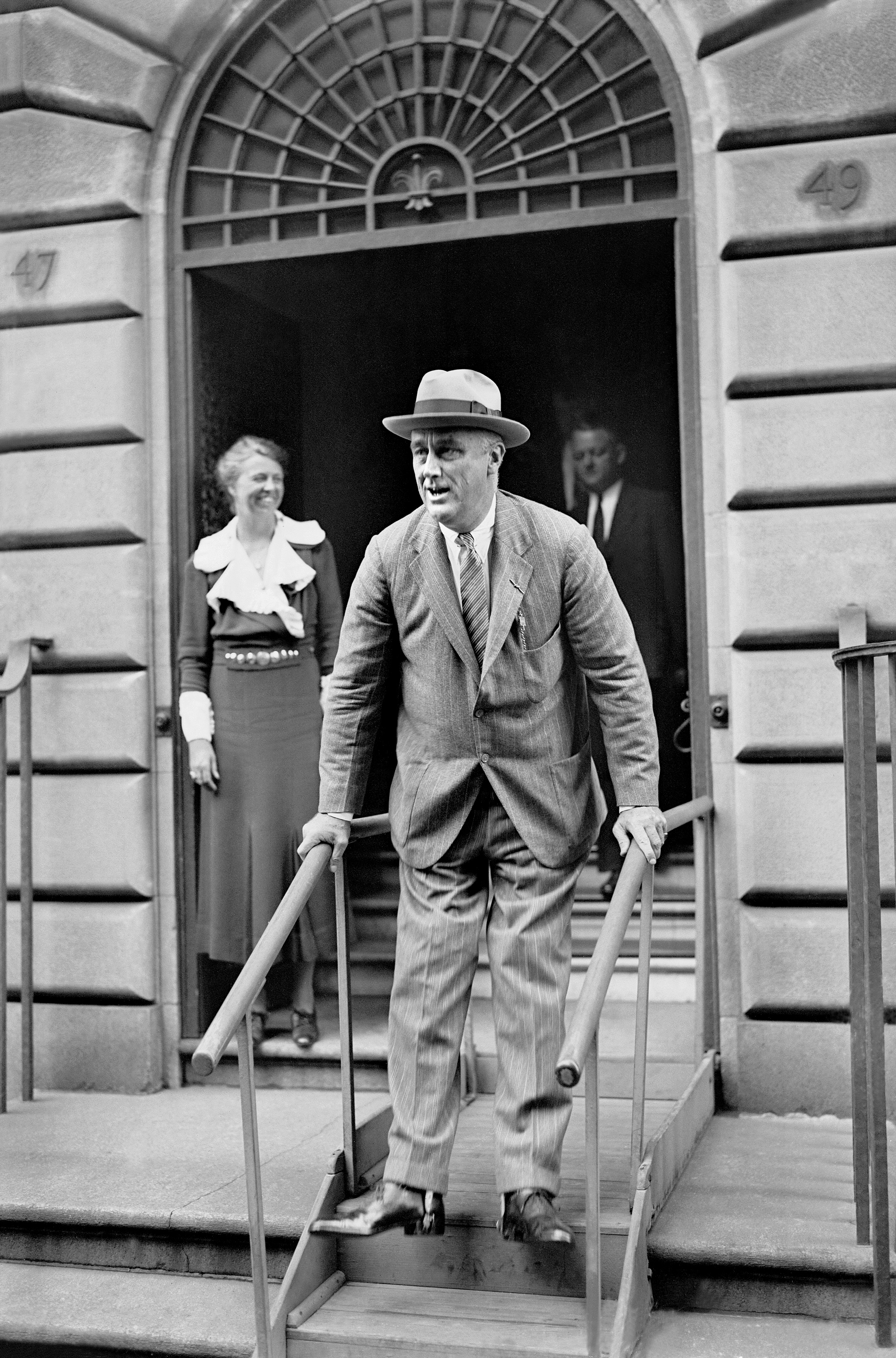
FDR Contracted Polio

FDR’s Disability
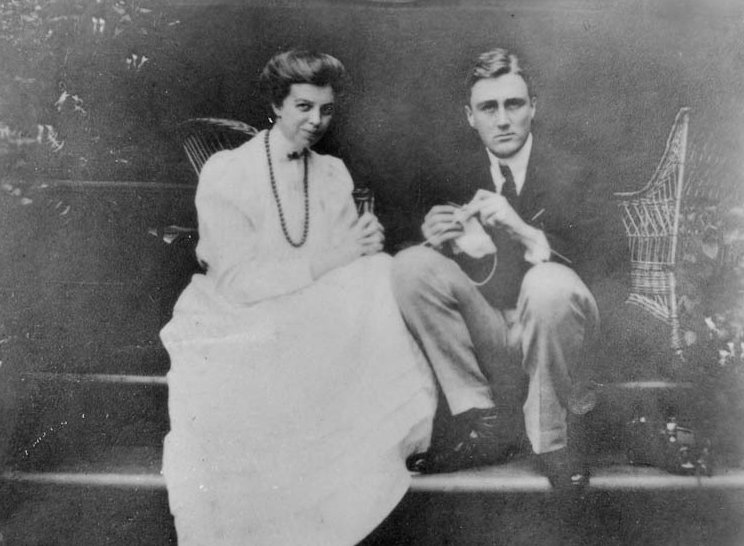
FDR and Eleanor Wedding
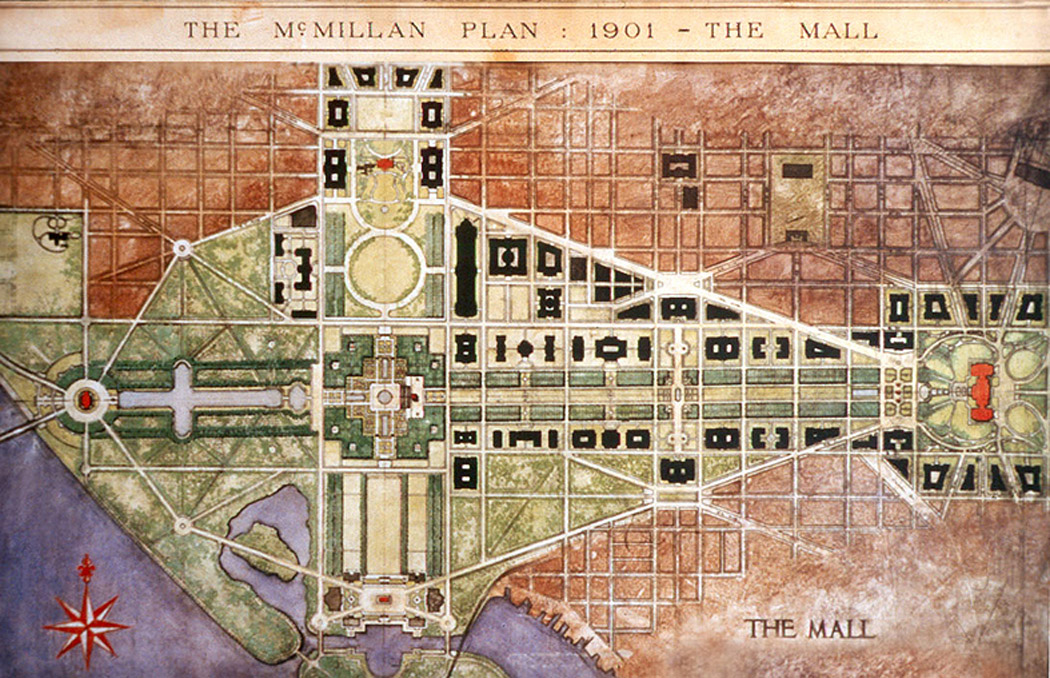
The McMillan Plan “Kite Plan” was established
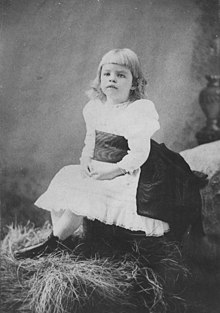
Eleanor Roosevelt born in Manhattan, NY
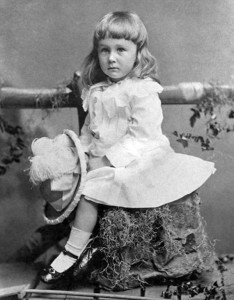
Franklin Delano Roosevelt born in Hyde Park, New York

FDR Wheelchair Statue Dedication
January 10 2001

Where’s the wheelchair?
January 6 1997
When the memorial was first dedicated in 1997, it did not include a depiction of FDR’s disability. The National Organization on Disability led the campaign which was eventually joined by over 50 disability organizations.
A Harris Poll revealed 73% public support for a disability portrayal. Sixteen FDR grandchildren wrote in support of the depiction. Legislation was passed the night before the 1997 dedication calling for the addition of FDR’s disability to the Memorial. The wheelchair statue was eventually added and dedicated in January 2001. It was an epic battle to get the statue, and the entire room in which is stands, funded, designed and built.
When the memorial was first dedicated in 1997, it did not include a depiction of FDR’s disability. The National Organization on Disability led the campaign which was eventually joined by over 50 disability organizations.
A Harris Poll revealed 73% public support for a disability portrayal. Sixteen FDR grandchildren wrote in support of the depiction. Legislation was passed the night before the 1997 dedication calling for the addition of FDR’s disability to the Memorial. The wheelchair statue was eventually added and dedicated in January 2001. It was an epic battle to get the statue, and the entire room in which is stands, funded, designed and built.
When the memorial was first dedicated in 1997, it did not include a depiction of FDR’s disability. The National Organization on Disability led the campaign which was eventually joined by over 50 disability organizations.
A Harris Poll revealed 73% public support for a disability portrayal. Sixteen FDR grandchildren wrote in support of the depiction. Legislation was passed the night before the 1997 dedication calling for the addition of FDR’s disability to the Memorial. The wheelchair statue was eventually added and dedicated in January 2001. It was an epic battle to get the statue, and the entire room in which is stands, funded, designed and built.

FDR Memorial was Dedicated by President Bill Clinton
May 2 1997
FDR Memorial was dedicated by President Bill Clinton. The disability community, in lieu of the protests promised, celebrated the announcement that a depiction of FDR in a wheelchair would be added at a later date.

Disability Leaders and Activists Hold a Protest in Beacon NY
April 15 1997
Disability leaders and activists hold a protest in Beacon NY across the street from the foundry where statues were being cast for the FDR Memorial.

Michael R. Deland Became Chairman of NOD
1995
Michael R. Deland was Chairman of the Board of the National Organization on Disability (NOD), from 1995-2006, and President from 2005-2006. While at NOD, Mr. Deland initiated and spearheaded the successful campaign to add a statue of President Roosevelt in his wheelchair at the FDR Memorial.

Americans with Disabilities Act was Signed
July 26 1990

Jim Dickson, First Blind Person to Sail a Boat Alone from Rhode Island to Bermuda
January 1987
Jim Dickson has 30 years of experience with nonpartisan voter engagement issues. He currently serves as a Co-Chair of the National Council on Independent Living (NCIL) Civic Engagement and Voting Rights Committee. He is former Vice President for Organizing and Civic Engagement for the American Association of People with Disabilities (AAPD). He led AAPD’s nonpartisan Disability Vote Project, a broad coalition of 36 national disability-related organizations whose mission is to close the political participation gap for people with disabilities. The project focuses on voter registration and education, Get-Out-The-Vote drives, election reform, and polling place access.
Mr. Dickson played a central role in the Leadership Conference on Civil and Human Rights (LCCRH) effort to pass the Help America Vote Act (HAVA). He was part of the leadership team which passed The National Voter Registration Act. He is past Chair of the Board of Advisors to the United States Election Assistance Commission. Prior to joining AAPD, Mr. Dickson organized the campaign to place a statue of President Roosevelt in his wheelchair at the Franklin Delano Roosevelt Memorial on the National Mall in Washington, DC. Mr. Dickson has organized grassroots, multi-issue organizations in Rhode Island, Connecticut and California. With the support of the Sierra Club, he organized the first grassroots congressional mobilization for the environmental movement, which resulted in the passage of the first Clean Air Act.
In 1987, Mr. Dickson became the first blind person to sail a boat alone from Rhode Island to Bermuda. His objectives were to have a good time and to stimulate public discussion on the abilities of people with disabilities. Mr. Dickson is a graduate of Brown University.

100th Birthday of FDR
January 1982

Interior Department Declined to Support Construction
August
Interior Department declined to support construction on grounds of cost. (Senate Report ,1982)

Estimated Costs Reduced to $23.5 Million
June 1979
A revised plan was submitted to the U.S. Interior Department by landscape architect Lawrence Halprin lowering the cost to an estimated $23.5 million. (Senate Report, 1982)

U.S. Interior Department Declined to Support Costs
February 1979
U.S. Interior Department declined to support construction due to the $46 million estimated cost. (Senate Report, 1982)

Final Design Approved
March 1978
FDR Memorial Commission and Commission of Fine Arts approved final design by landscape architect Lawrence Halprin (Aidala, 1979) (Senate Report, 1982).

Second Sculptural Design Workshop Held
Janurary 1978
A second sculptural design workshop was held in New Jersey. (Aidala, 1979).

Estimates of $46 Million
1978
FDR Memorial Commission Chairman and former New York Congressman Eugen J. Keogh says the estimates of $46 million for the memorial are “right in line” with original costs, translated into 1978 dollars of the Washington, Lincoln, and Jefferson Memorials in Washington DC. (Aidala, 1979).

Sculpture Concepts Approved
November 1977
FDR Memorial Commission and Commission of Fine Arts approved sculpture concepts. (Senate Report, 1982)

Sculptural Design Workshop Held in San Francisco
October 1977
Sculptural design workshop held in San Francisco with all the sculptors to explore their collaboration. (Aidala, 1979).

Sculptors are Approved by the FDR Memorial Commission
September 1977
Sculptors are approved by the FDR Memorial Commission. (Aidala, 1979).

Annie Opened on Broadway
April 21 1977

Design Development Approved
February 1977
FDR Memorial Commission and Commission of Fine Arts approved design development. (Senate Report,1982)

Commission of Fine Arts Approved Design Concept
June 1976
Commission of Fine Arts approved design concept. (Senate Report, 1982)

National Capital Planning Commission Approved Design Concept.
June 1975
National Capital Planning Commission approved design concept. (Senate Report, 1982)

FDR Memorial Commission Approved Design Concept
May 1975
The FDR Memorial Commission approved the design concept. (Senate Report, 1982)

Lawrence Halprin Selected
May 1974
Lawrence Halprin selected by the FDR Memorial Commission to design the Memorial. (Senate Report, 1982)

Landscape Architects & Architects to Submit Design Concepts
March 1972
The FDR Commission asks seven nationally known landscape architects and architects to submit design concepts based on new criteria. (Aidala, 1979).

Secretary of the Interior to Participate in Planning
June 1972
Public Law 92-332 authorized the Secretary of the Interior to participate in the planning and design process of the Memorial. (Aidala, 1979).

The FDR Memorial Commission Endorse the Idea of a Rose Garden.
1970
The FDR Memorial Commission endorse the idea of a rose garden (Aidala, 1979).

FDR Memorial Park Acres Designated
January 1969
President Johnson by Executive Order designated 27 of the 67 acres in West Potomac Park as the FDR Memorial Park (Senate Report 1982).

Breuer Design Not Accepted by Commission of Fine Arts
January 26 1967
Breuer design not accepted by Commission of Fine Arts. (Senate Report, 1982) (Aidala, 1979).

Breuer Design Approved
December 1966
Breuer design approved by FDR Memorial Commission (Senate Report, 1982) (Aidala, 1979).

Marcel Breuer Selected to Develop New Design
January 1966
Marcel Breuer selected to develop new design. (Senate Report, 1982) (Aidala, 1979).

Pederson & Tilney Design Abandoned
April 1 1965
Pederson & Tilney design “abandoned in face of public controversy” (Senate Report, 1982)

Revised Pederson & Tilney Design Accepted
June 01 1964
Commission of Fine Arts approves revised Pederson & Tilney design. (Senate Report, 1982)

Eleanor Died
November 7 1962
Nov 7, 1962 Eleanor died.

FDR Memorial Commission to Select a New Design
October 1 1962
Joint resolution, Public Law 87-842, directed FDR Memorial Commission to select a new design (Senate Report, 1982)

Pederson & Tilney Design Rejected
February 1 1962
Federal Commission of Fine Arts rejected the Pederson & Tilney design. (Senate Report, 1982)

Approved the Pederson & Tilney Design
January 1962
The FDR Memorial Commission approved the Pederson & Tilney design with one dissenting vote. (Aidala, 1979)

Design Competition for the Memorial was Held
January - September 1969
A design competition for the Memorial was held and 564 designs were submitted. The winning design was from Pederson & Tilney. (Aidala, 1979).

FDR Memorial Location Selected
September 1 1959
The location selected for the Memorial by the FDR Memorial Commission with consultation by an panel of experts was approved by Joint Congressional Resolution and was to be an area in West Potomac Park between the Potomac River and the Tidal Basin. (Aidala, 1979).

Sunrise at Campobello closed on Broadway
May 30 1959
Sunrise at Campobello closed on Broadway.

Sunrise at Campobello opened on Broadway
January 30 1958
The play Sunrise at Campobello opened on Broadway. Ralph Bellamy plays FDR at the Cort Theatre NYC.

Public Law 372 of the 84th Congress was Approved
August 11 1955
Public Law 372 of the 84th Congress was approved and the FDR Memorial Commission was formally established: “…for the purpose of considering and formulating plans for the design, construction and location of a permanent memorial to Franklin Delano Roosevelt in the city of Washington…” (Aidala, 1979).

Roosevelt Dime Accepted
January 6 1946
Design for Roosevelt dime accepted 24 days before the coin’s scheduled unveiling.

Congressional Resolution Introduced
1946
Congressional resolution introduced to establish a commission that would oversee the creating of memorial to FDR. (Aidala, 1979).

FDR Funeral
April 14 1945
FDR Funeral

FDR Died Warm Spring, GA
April 12 1945
FDR died Warm Spring, GA.

4th Inauguration
January 20 1945
4th Inauguration.

Eleanor Roosevelt 1st US delegate to the United Nations
1945 - 1952
Eleanor Roosevelt served as the first 1st US delegate to the United Nations.

FDR’s 4th Election as US President
November 7 1944
FDR’s 4th Election as US President.

3rd Inauguration as US President
January 20 1941
3rd inauguration as US President.

FDR 3rd Election as US President
November 5 1940
FDR 3rd Election as US President.

March of Dimes Launched by FDR
January 3 1938
March of Dimes launched by FDR.

FDR Sworn in Second Time as President
January 20 1937
FDR was sworn in for a second time as President.

FDR Wins Second Election
November 3 1936
FDR’s Wins Second Election.

Roosevelt Signed into law the Social Security Act
August 14 1935
Roosevelt Signed into law the Social Security Act.

FDR is Inaugurated for the First Time
March 4 1933
FDR is inaugurated for the first time as President of the United States.

FDR Launched the New Deal
1933
FDR Launched the New Deal.

FDR Elected President of the United States
November 8 1932
FDR Elected President of the United States.

Alan A. Reich
January 1 1930
(January 1, 1930 – November 8, 2005) was the founder of the National Organization on Disability. In 1962 Reich sustained severe spinal injuries in a diving accident, making him a wheelchair user for the rest of his life. Afterwards, Reich returned to Polaroid where he served as an executive in manufacturing management and corporate long-range planning until 1970, when he became the U.S. Deputy Assistant Secretary of State for Educational and Cultural Affairs. In 1982 he founded the National Organization on Disability (NOD).
Reich was born in Pearl River, New York, and graduated from Dartmouth College in New Hampshire, where he was an all-American track and field athlete. He received a master’s degree in Russian literature from Middlebury College in 1953, a diploma in Slavic languages and Eastern European studies from the University of Oxford the same year and a master’s degree in business administration from Harvard University in 1959. He spoke five languages.
Reich served as an infantry officer in the U.S. Army and as a Russian-language interrogation officer in Germany.
After working in the State Department, Reich’s efforts eventually led the United Nations to declare 1981 as the International Year of Disabled Persons, and Reich became president of the organization coordinating American activities in observance of the year: the U.S. Council for the International Year of Disabled Persons. Afterward, leveraging the momentum from these observances, Reich led the council’s evolution into an independent organization, the National Organization on Disability.
Three years later, Reich founded the Bimillennium Foundation to further extend the reach of the 1981 event and to encourage leaders of nations worldwide to set year-2000 goals aimed at improving the human condition. In 1990, Reich, along with Richard and Ginny Thornburgh, board members for the National Organization on Disability, persuaded Pope John Paul II to sponsor a 1990 world symposium on disabilities at the Vatican.
Reich also establish the Franklin Delano Roosevelt International Disability Award on October 24, 1995, the 50th anniversary of the United Nations (UN). The award recognized and encouraged progress by nations toward “the full and equal participation of people with disabilities in the economic, social, and cultural life of their countries, regardless of the level of development.” The winning country received a $50,000 cash prize for an outstanding nongovernmental disability organization in the selected nation and was presented to the head of state at an annual ceremony at the UN.
Immediately after the September 11, 2001 terrorist attacks, Reich organized the leaders of disability groups to make sure that planning for future emergencies included accommodations for people with disabilities.
In addition to his other achievements, Reich served on the People-to-People Committee on Disability, and the boards of the Paralysis Cure Research Foundation and the National Paraplegia Foundation. He was the first wheelchair user to address the UN.
Reich was one of ten honorees of the AARP Impact Award in 2006 for his work as a disability activist. He received the George Bush Medal for his work on behalf of people with disabilities and was named a member of the Officer Candidate School (U.S. Army) Hall of Fame.

FDR Elected Governor of New York
1928
FDR elected Governor of New York.

FDR bought Warm Springs
1926
FDR bought Warm Springs.

George Segal - Sculptor
November 26 1924
George Segal was born in New York on November 26, 1924, to a Jewish couple who emigrated from Eastern Europe. His parents first settled in the Bronx where they ran a butcher shop and later moved to a New Jersey poultry farm.

FDR first visited Warm Springs
October 1924
FDR first visited Warm Springs.

FDR Contracted Polio
August 1921
FDR contracted Polio.

FDR’s Disability
January 6 1921
He contracted polio at age 39 which left him unable to walk or stand unassisted. He was a daily wheelchair user. He started the March of Dimes to fund a cure for polio. He frequented Warm Springs, GA for its therapeutic waters and helped pioneer rehabilitation practices. He visited wounded veterans while remaining in his wheelchair, was purposefully carried out of his car in full view of the study body at Howard University, and referred to “ten pounds of steel” on his legs in an address to the U.S. Congress.

FDR and Eleanor Wedding
March 17 1905
FDR and Eleanor wedding.

The McMillan Plan “Kite Plan” was established
1901
1901 The McMillan Plan “kite plan” was established and to plan out the geometrical composition for three Washington monuments which became Lincoln, Jefferson and then FDR. (Aidala, 1979)

Eleanor Roosevelt born in Manhattan, NY
October 11 1884
October 11, 1884 Eleanor Roosevelt born in Manhattan, NY.

Franklin Delano Roosevelt born in Hyde Park, New York
January 30 1882
Franklin Delano Roosevelt born in Hyde Park, New York.